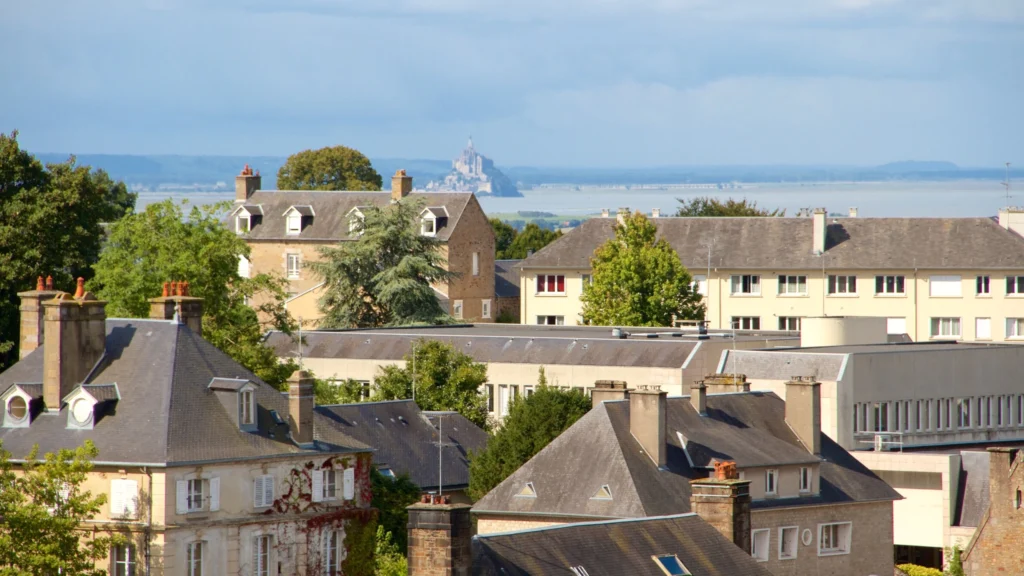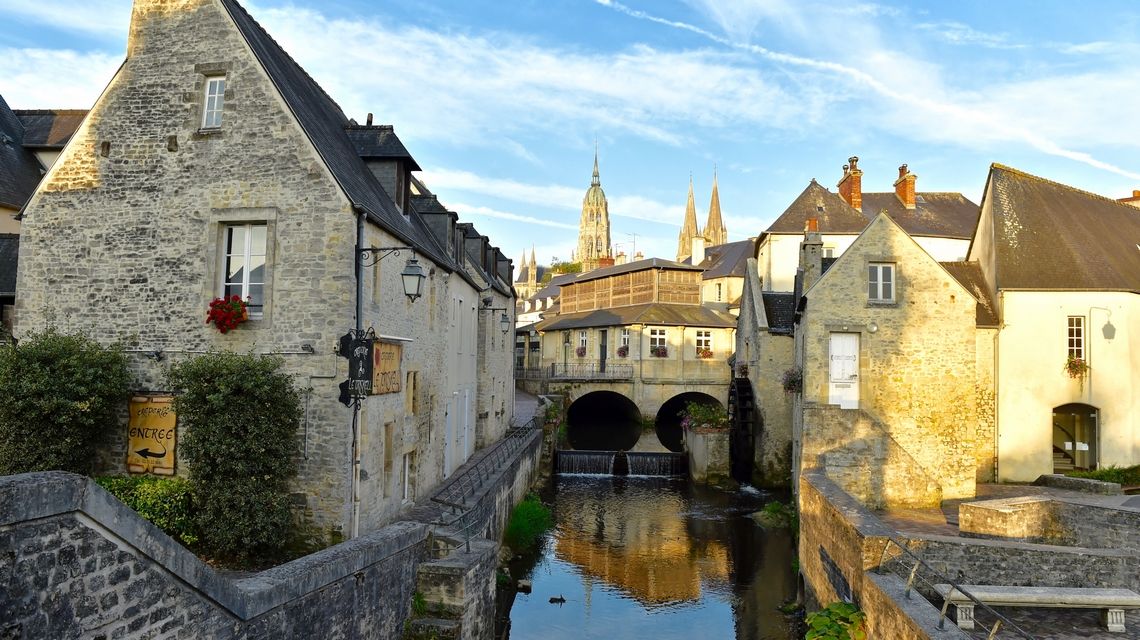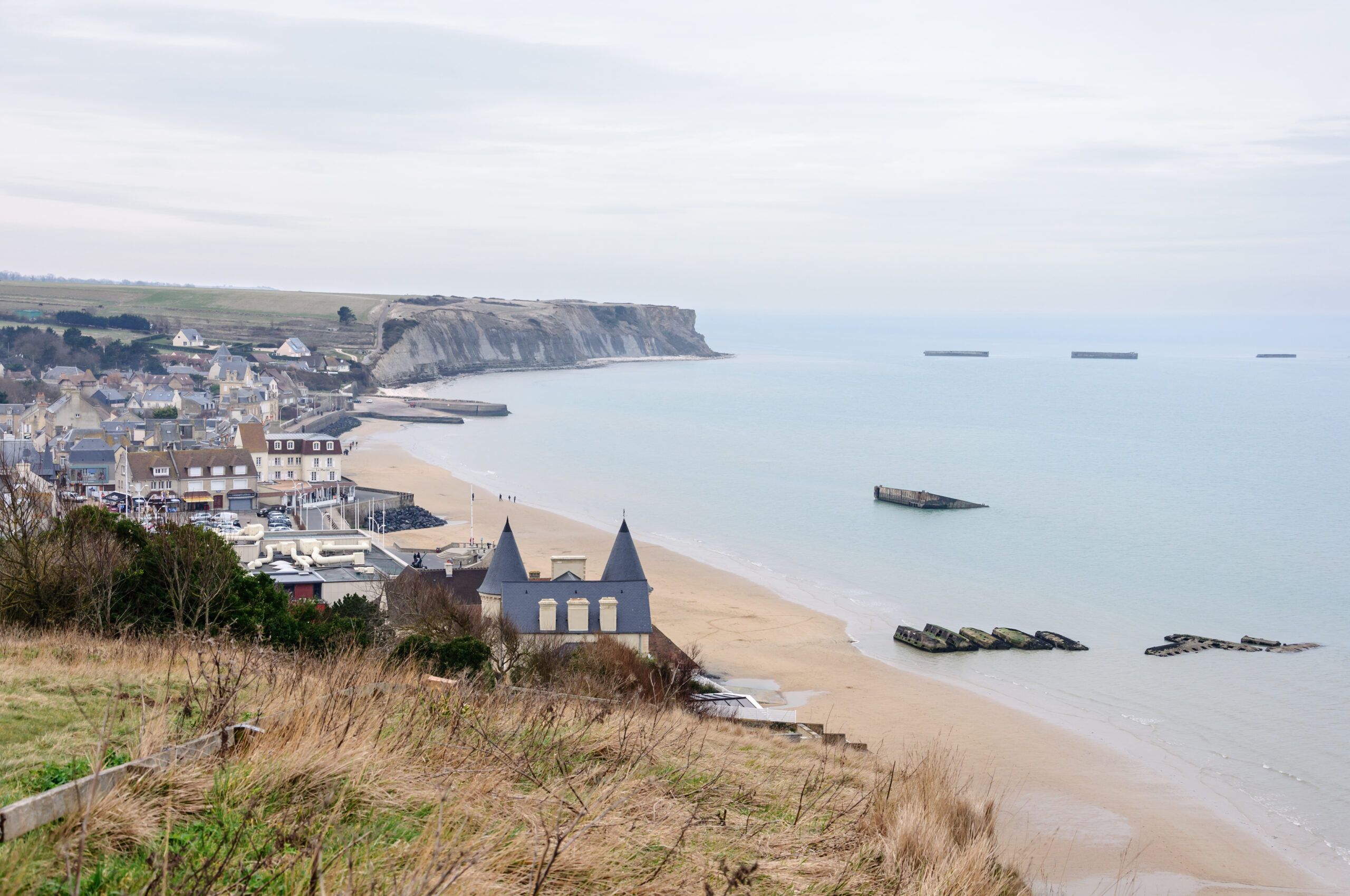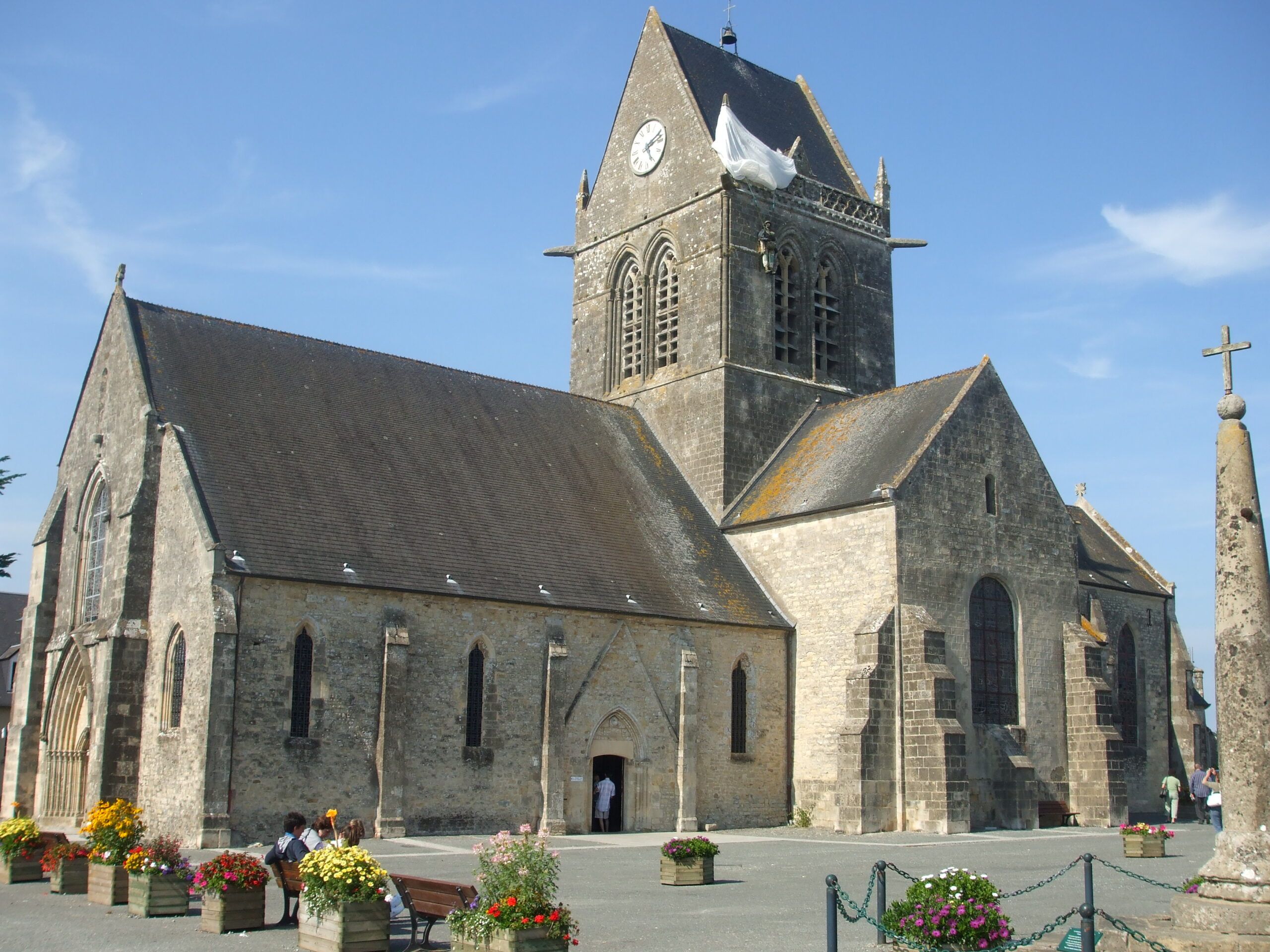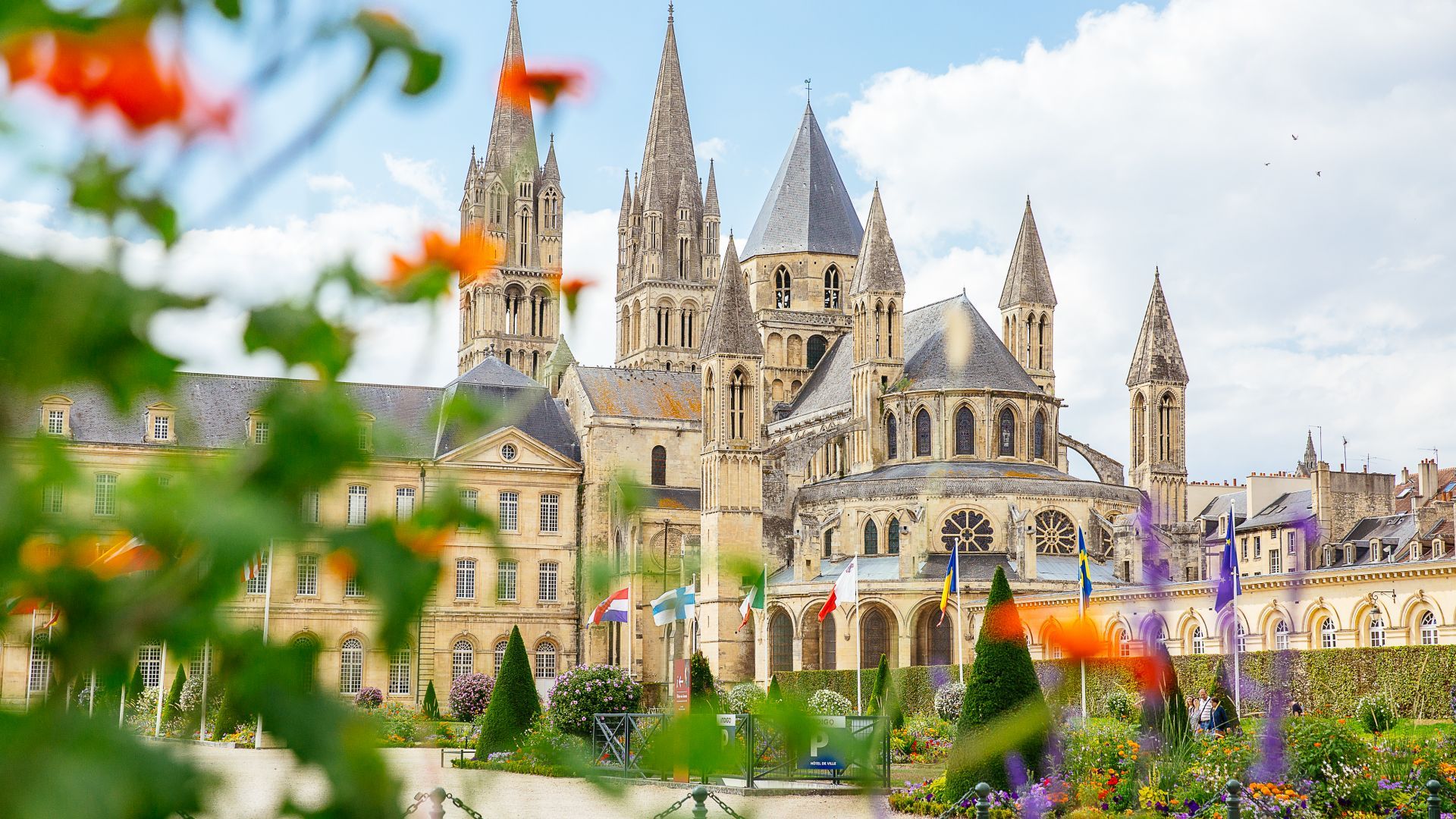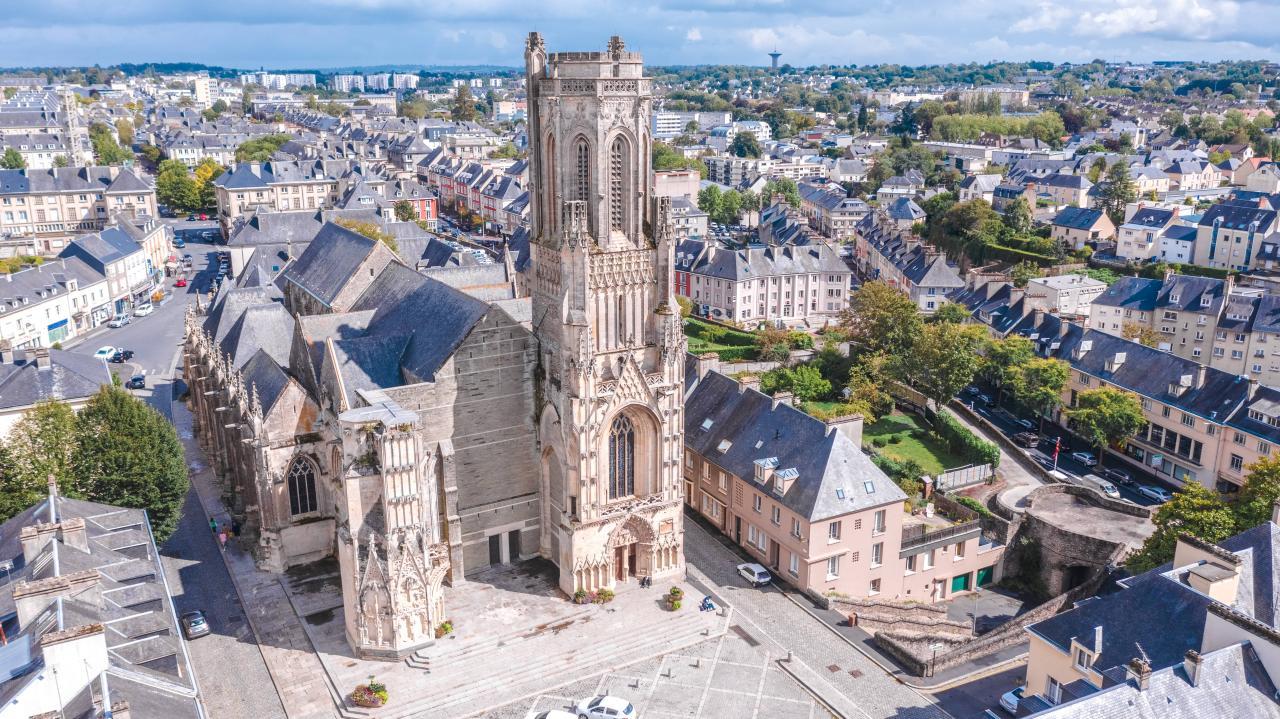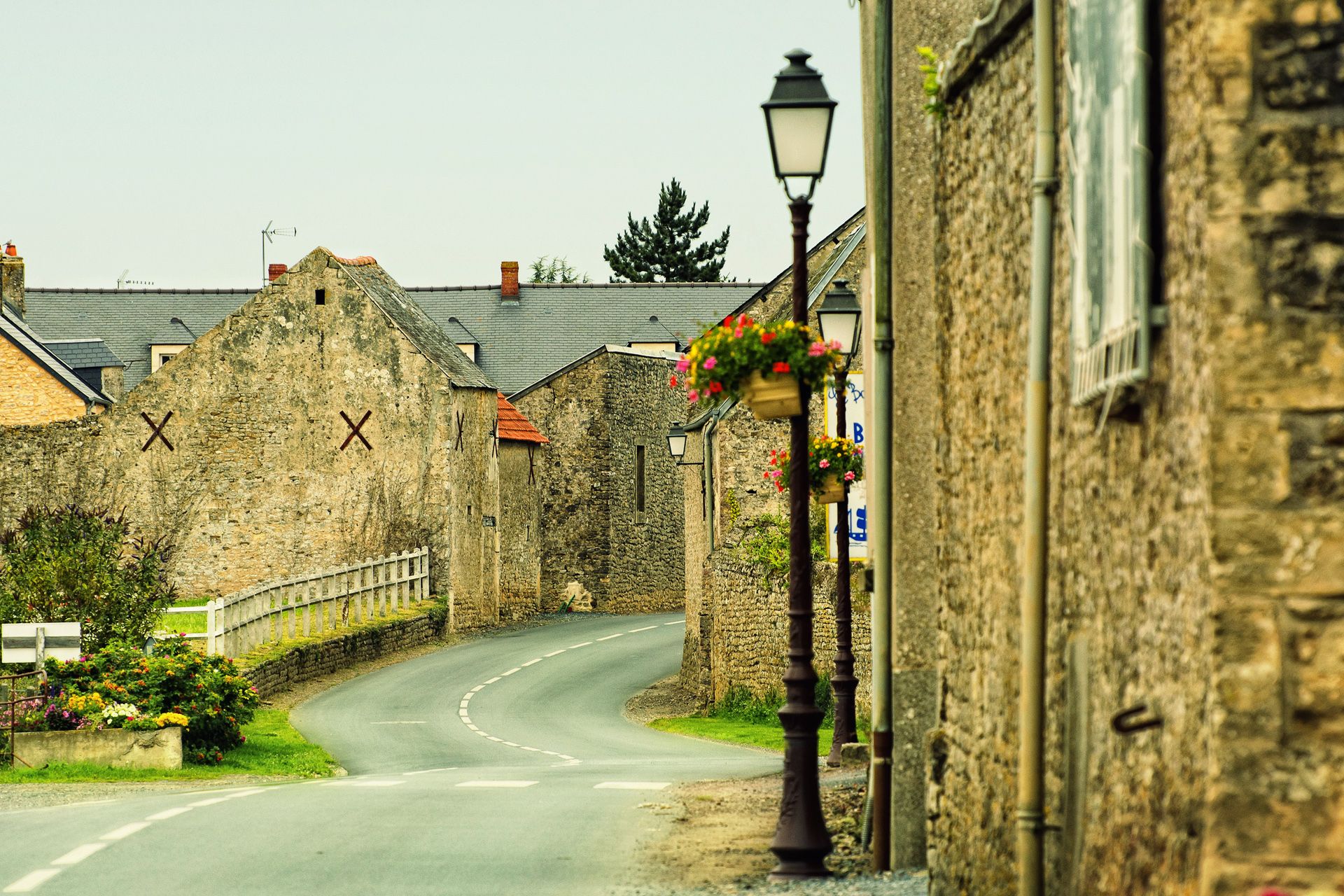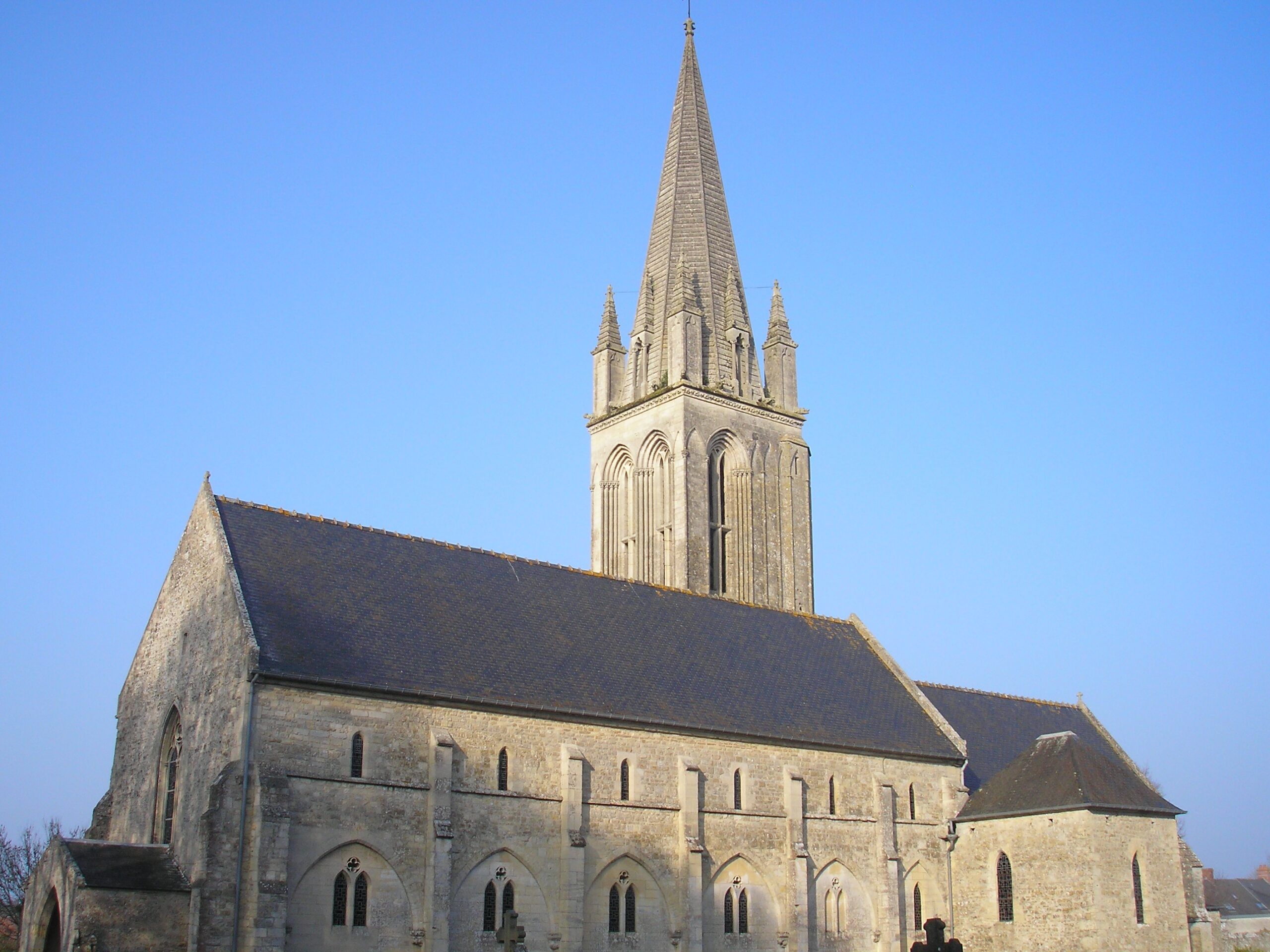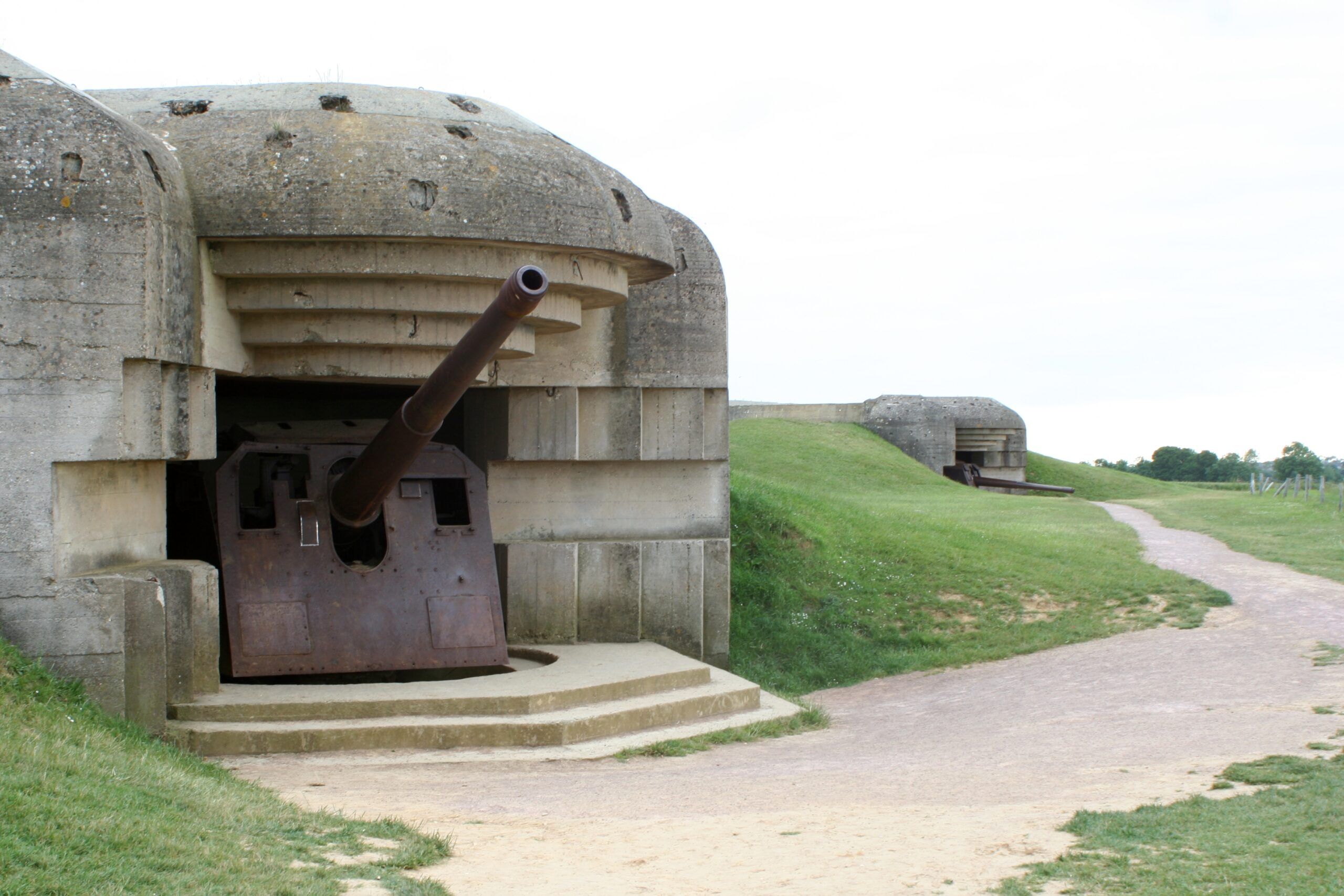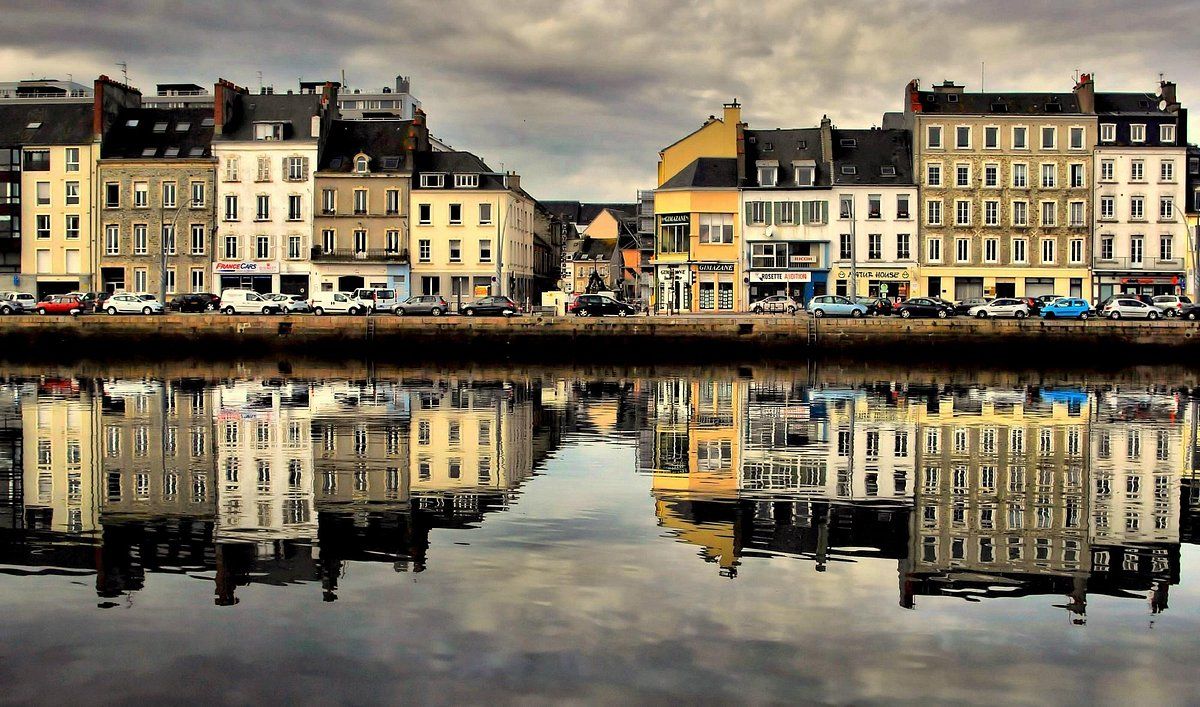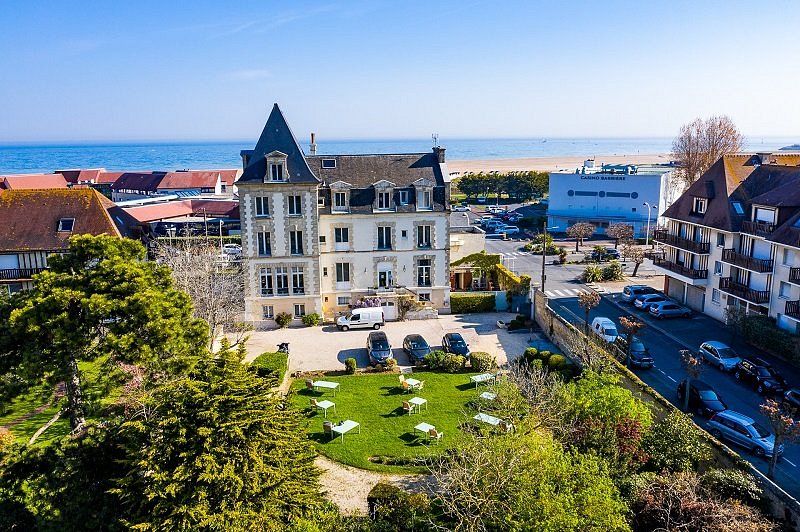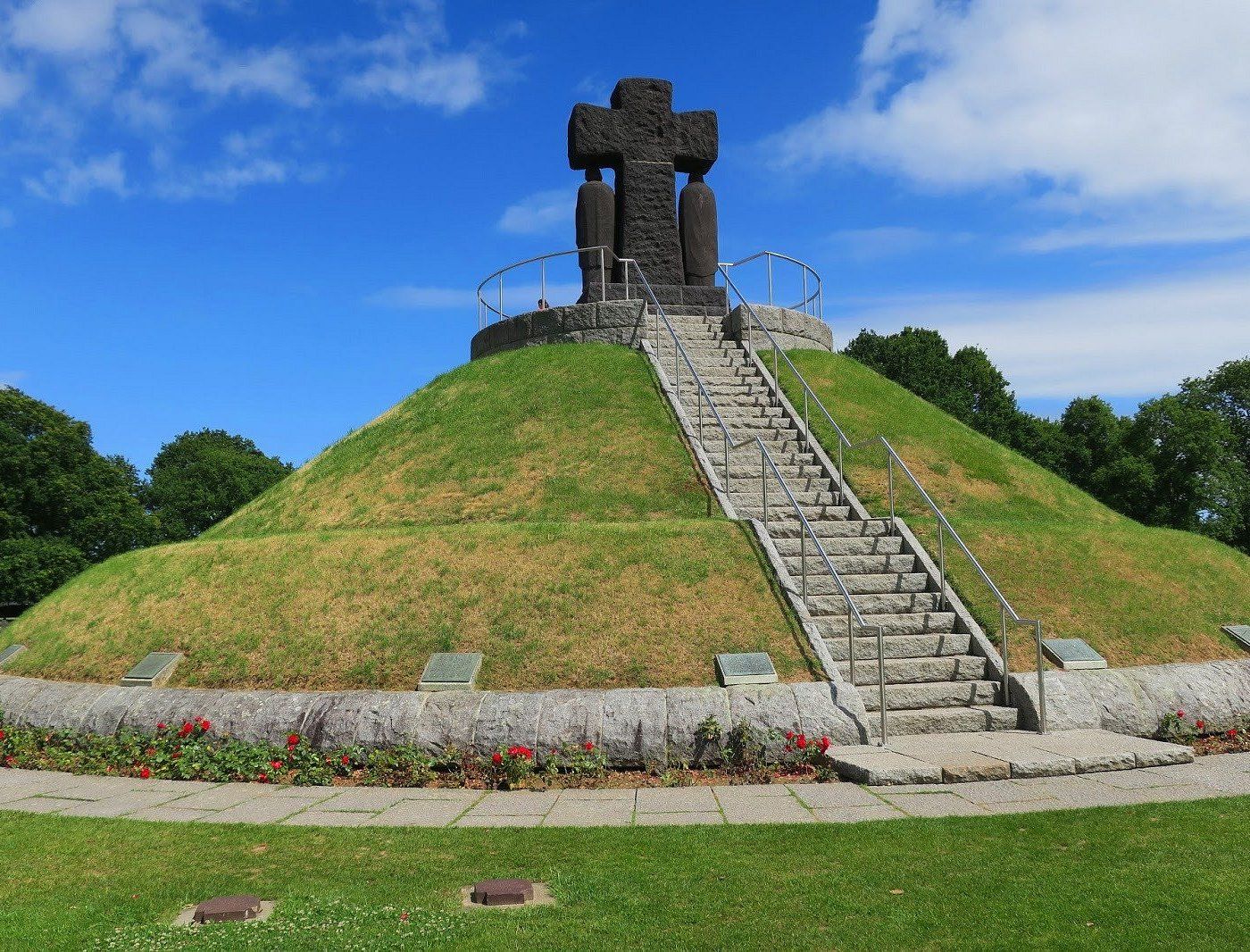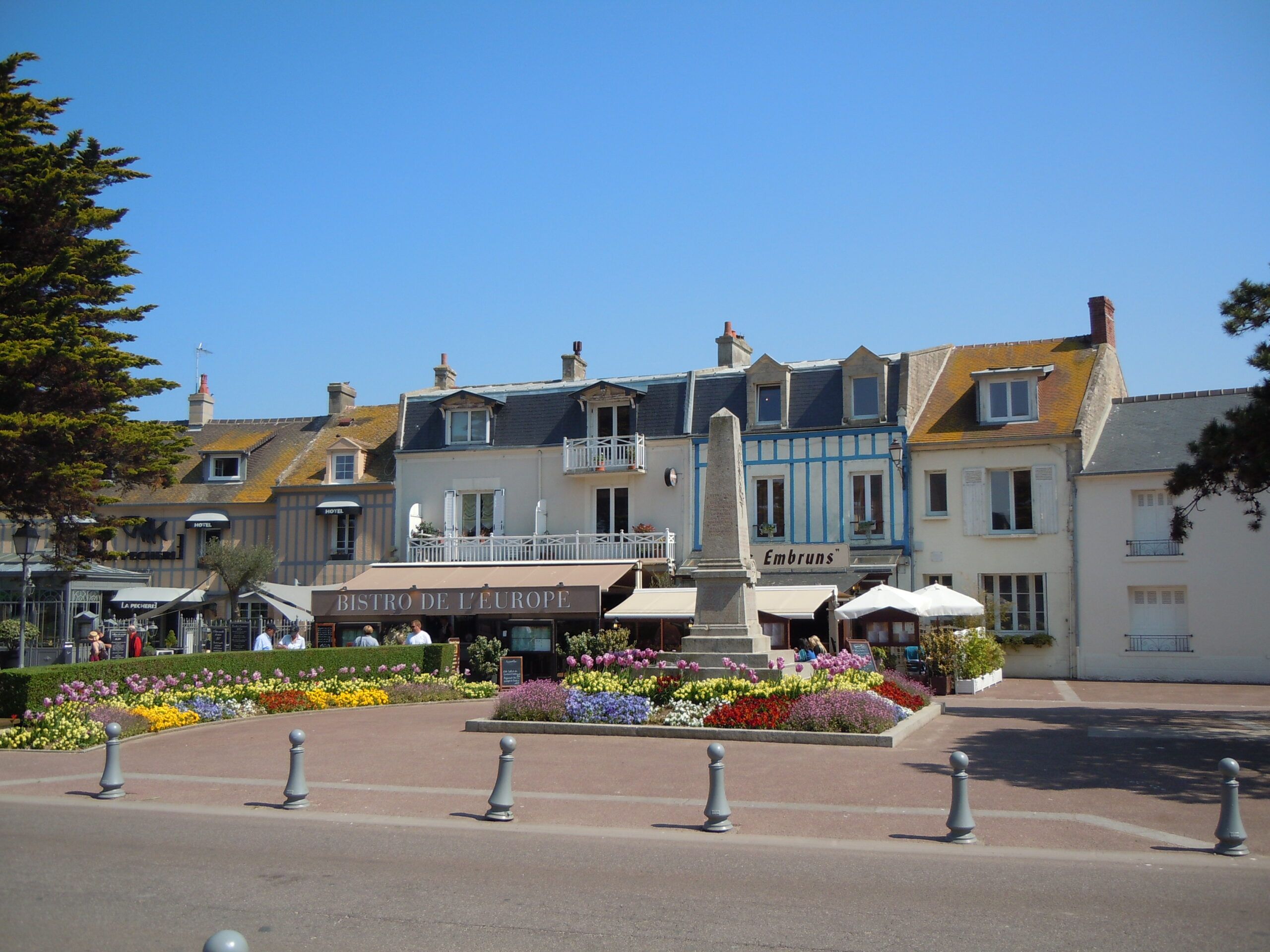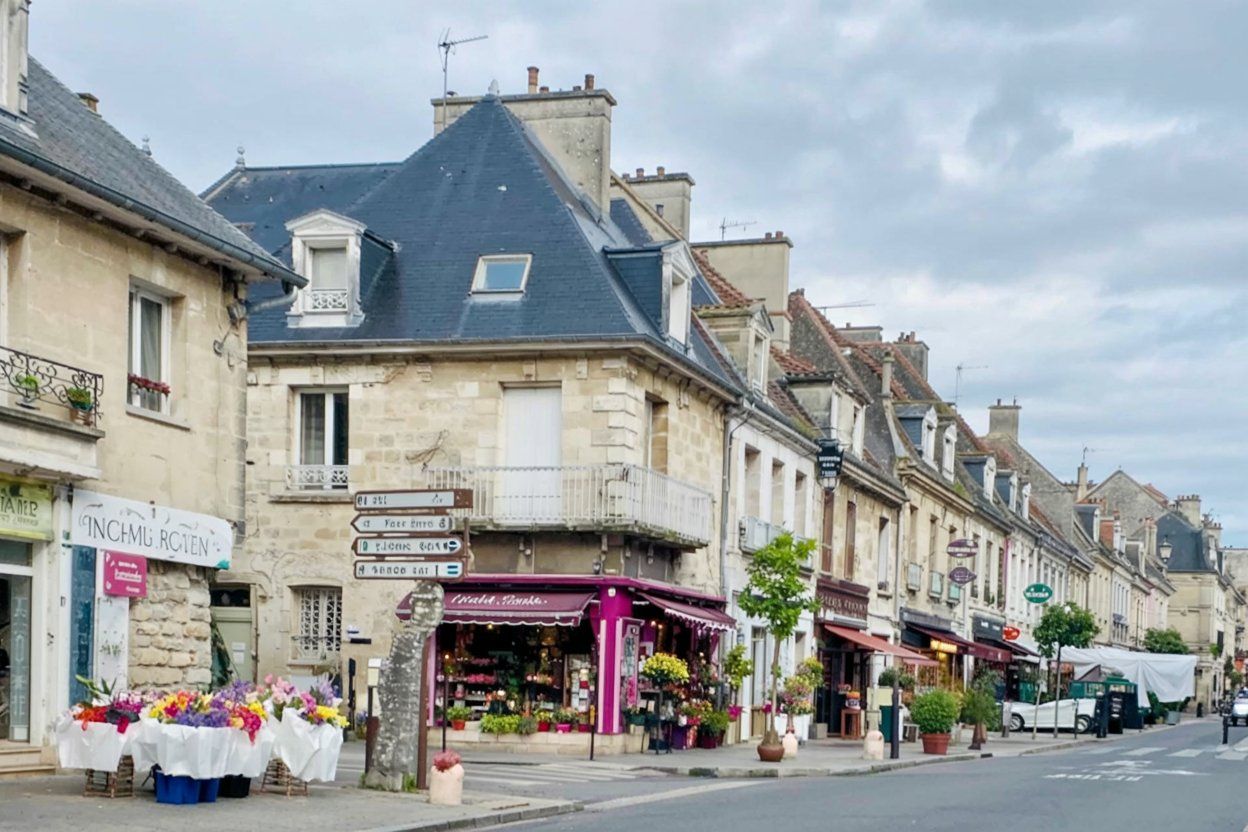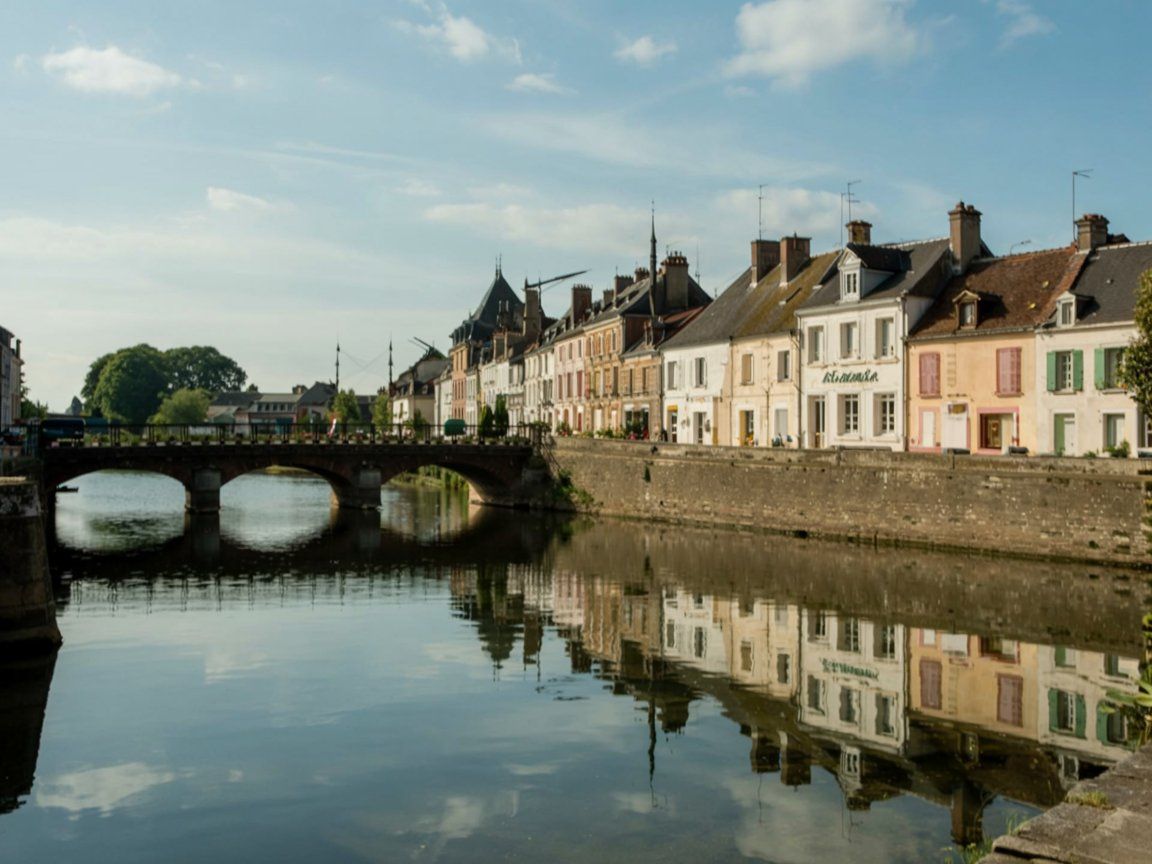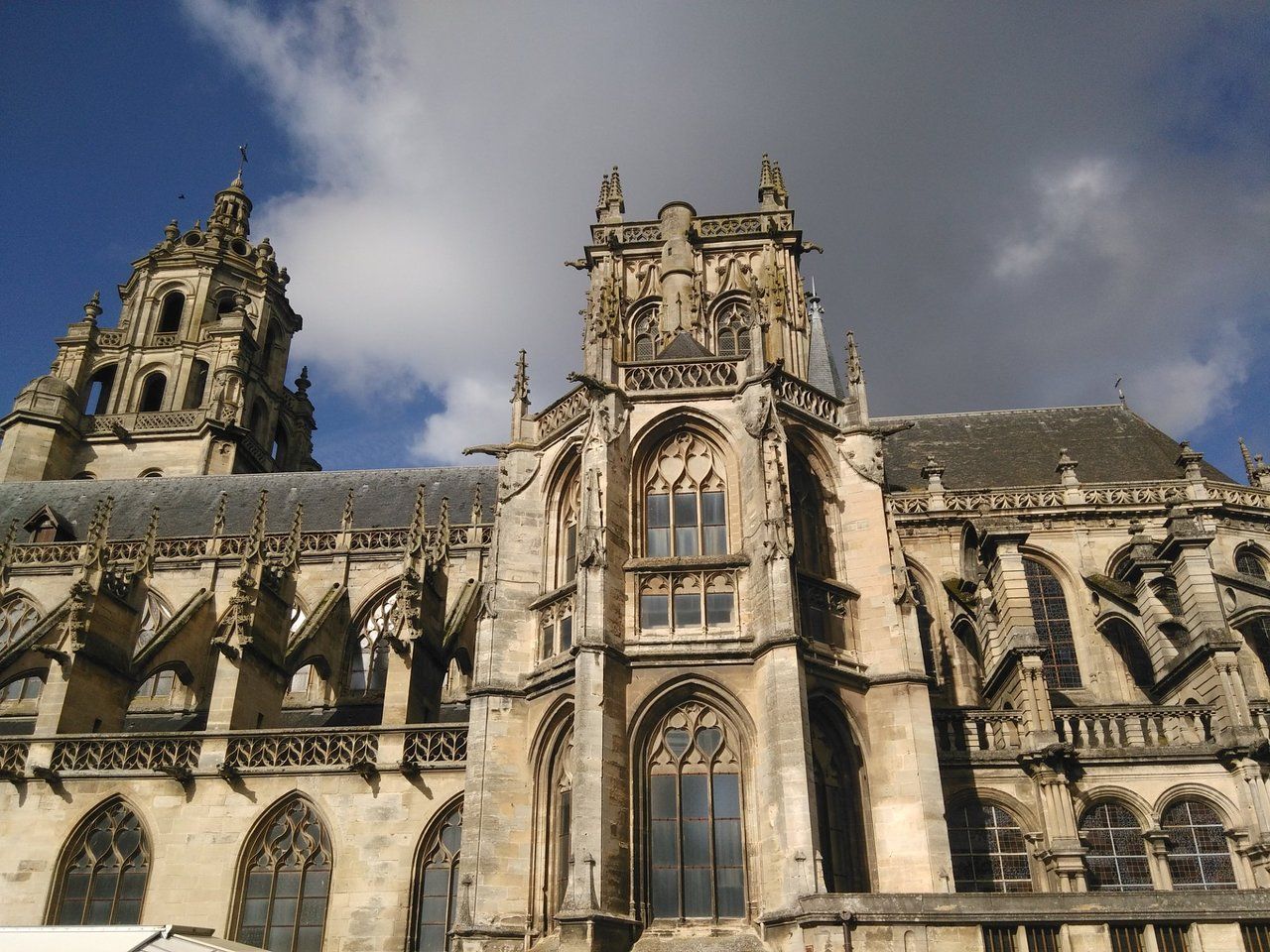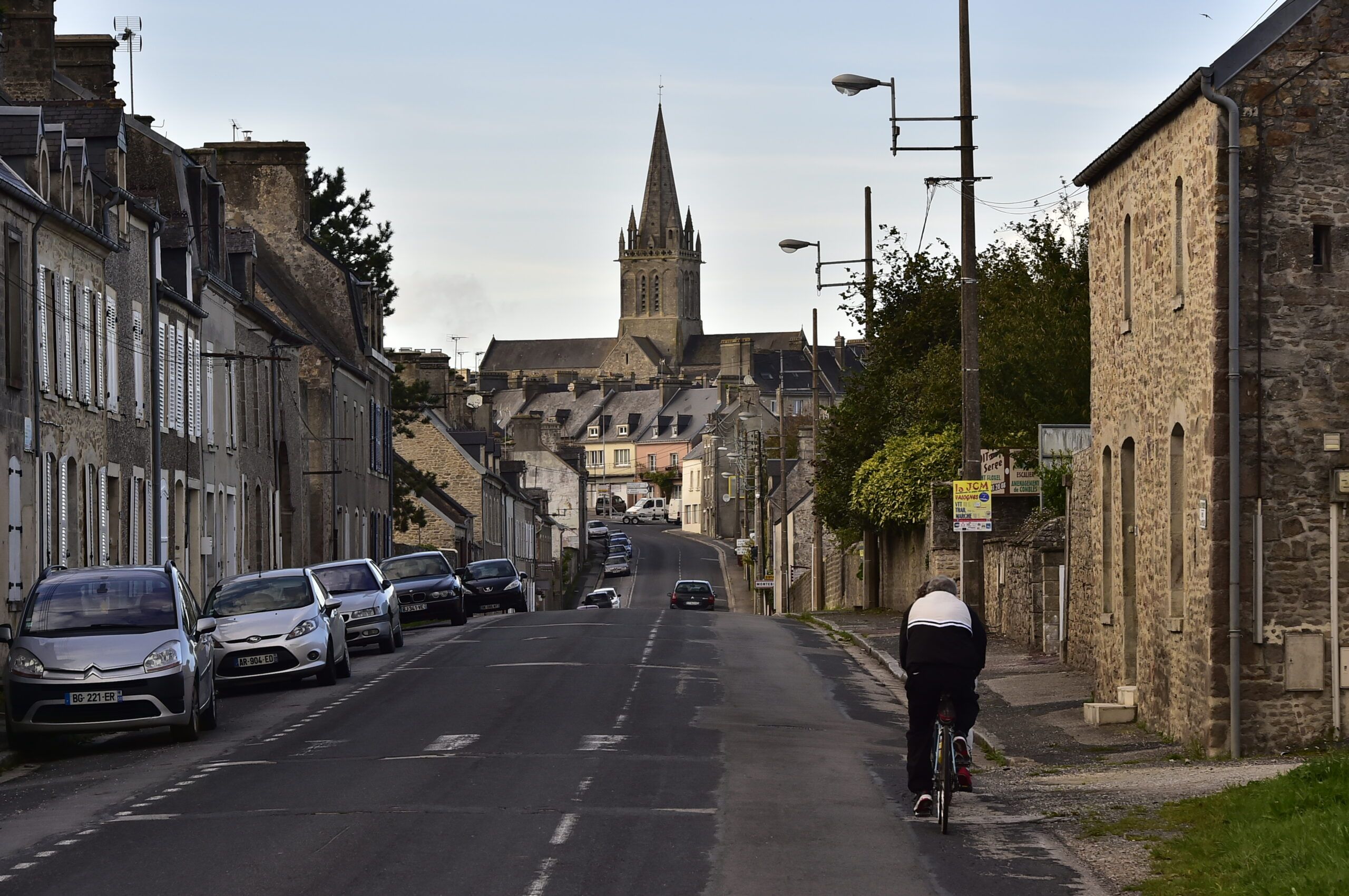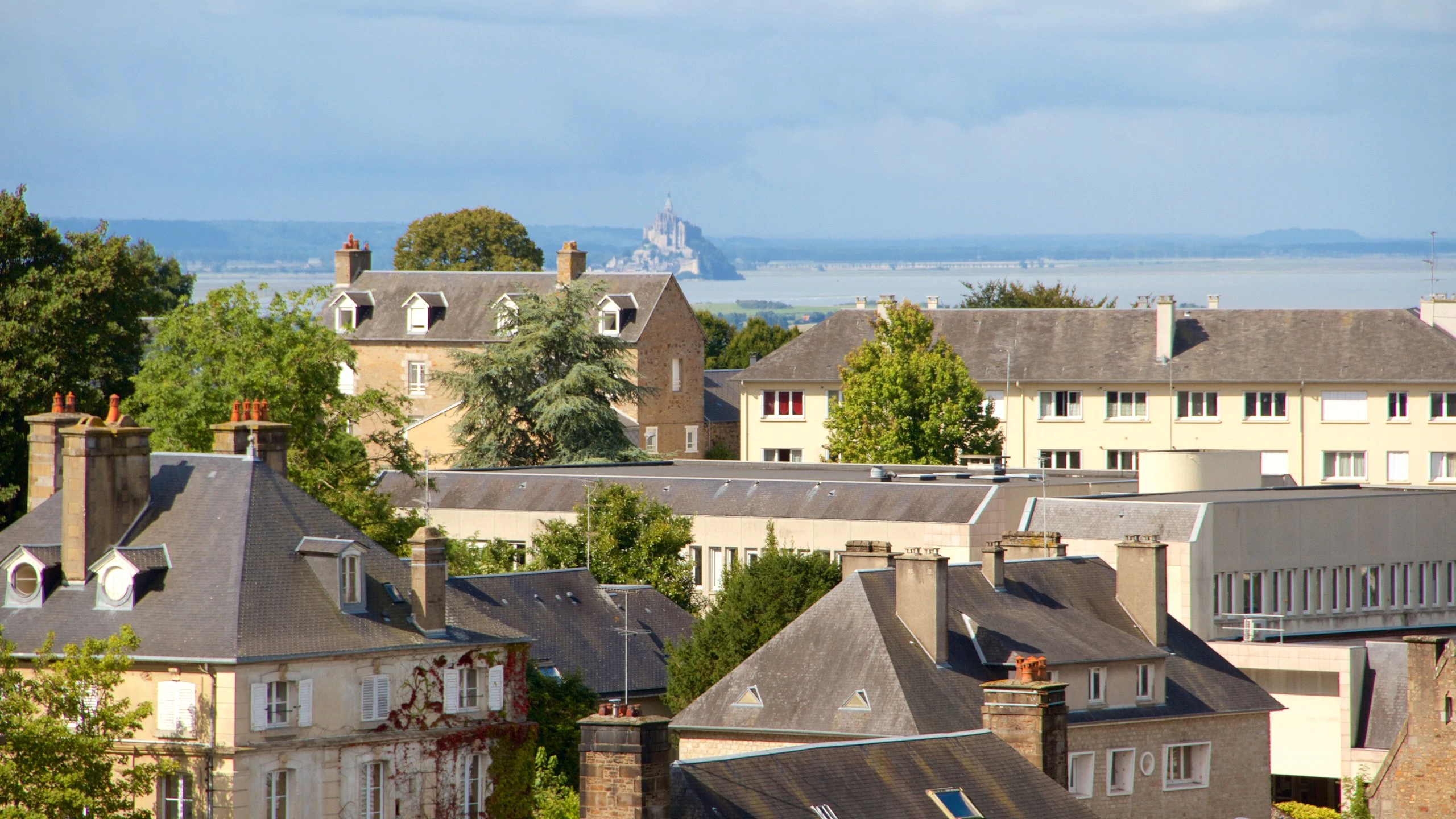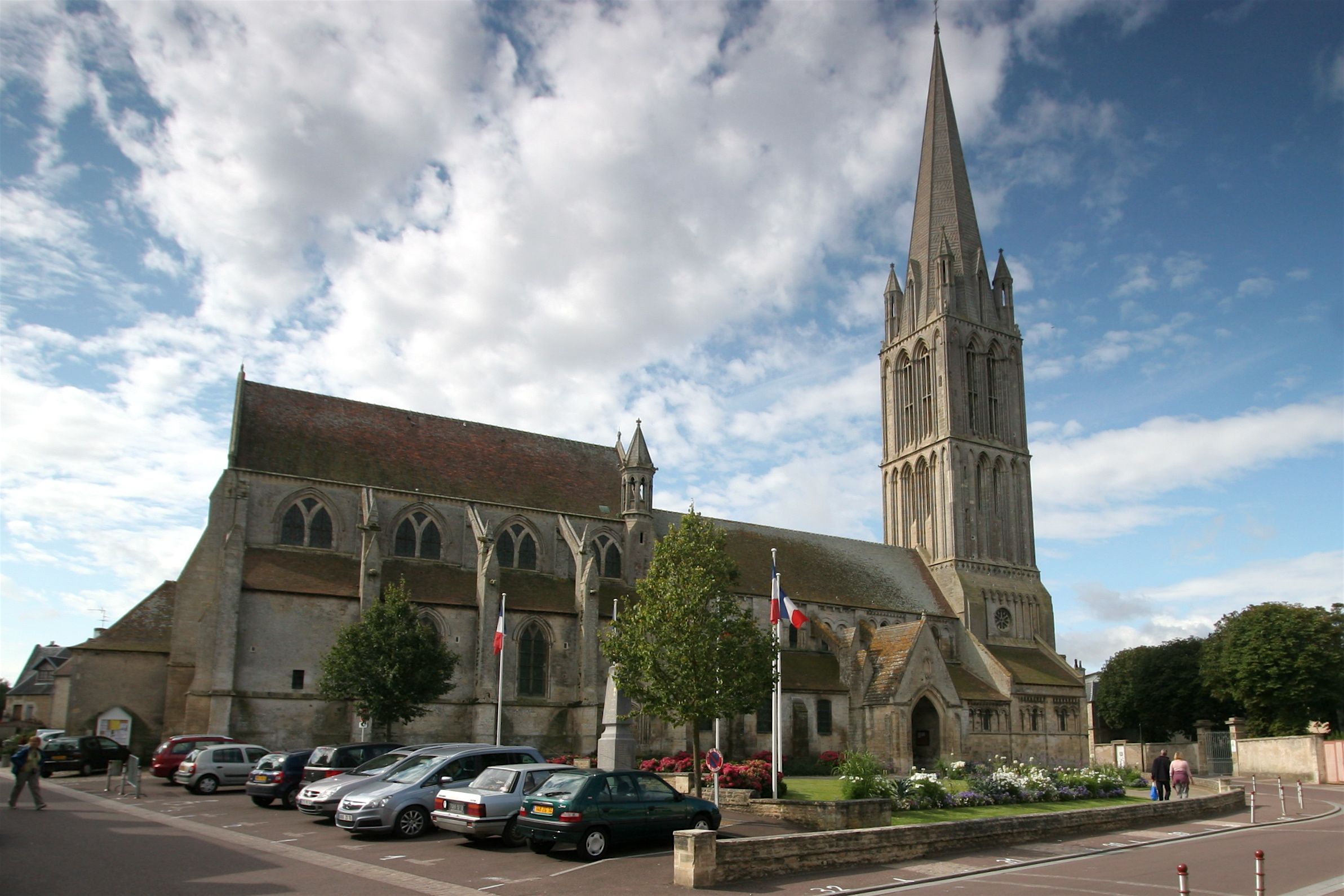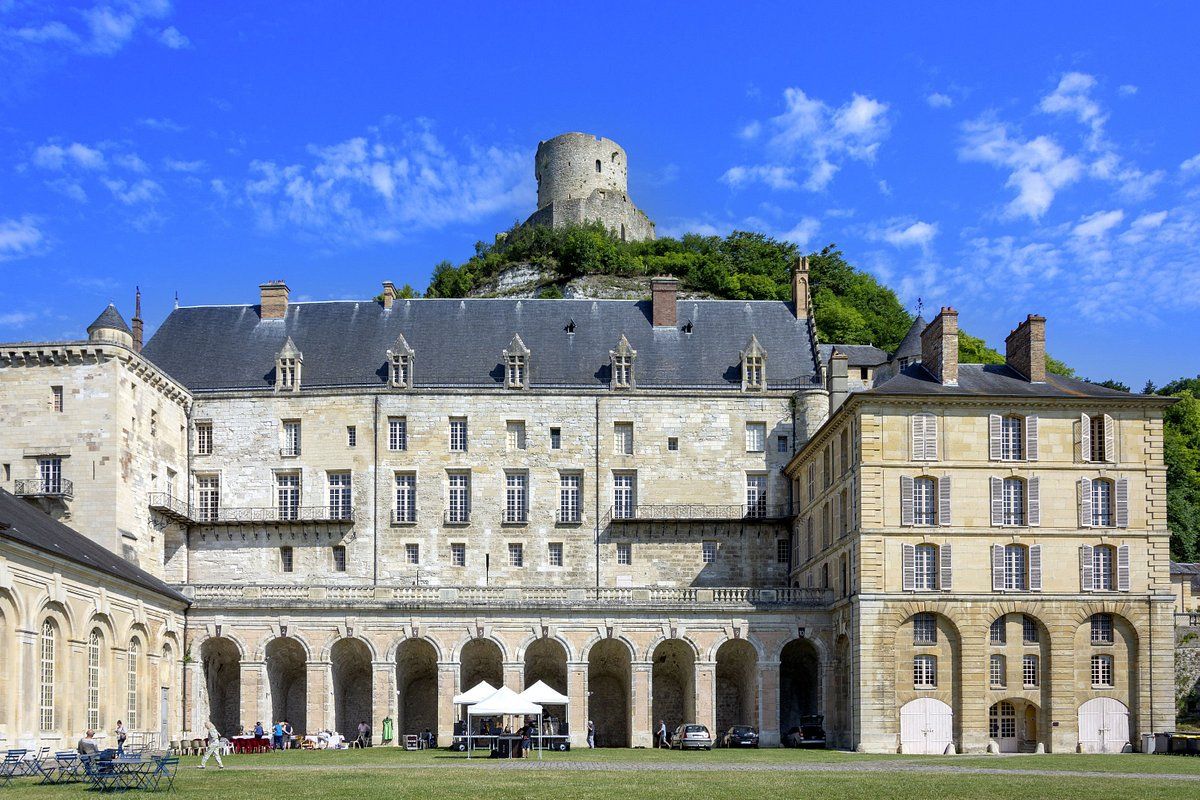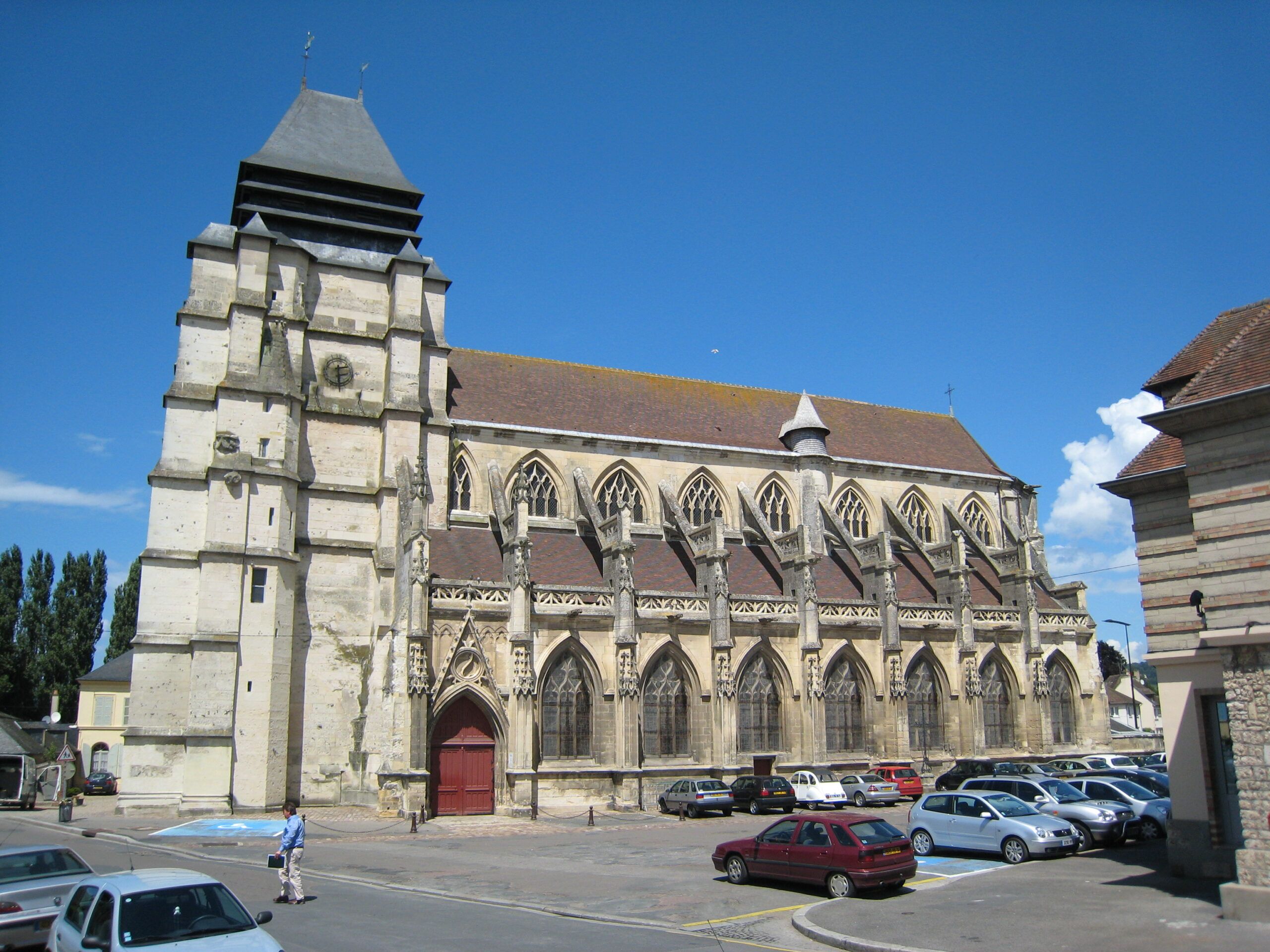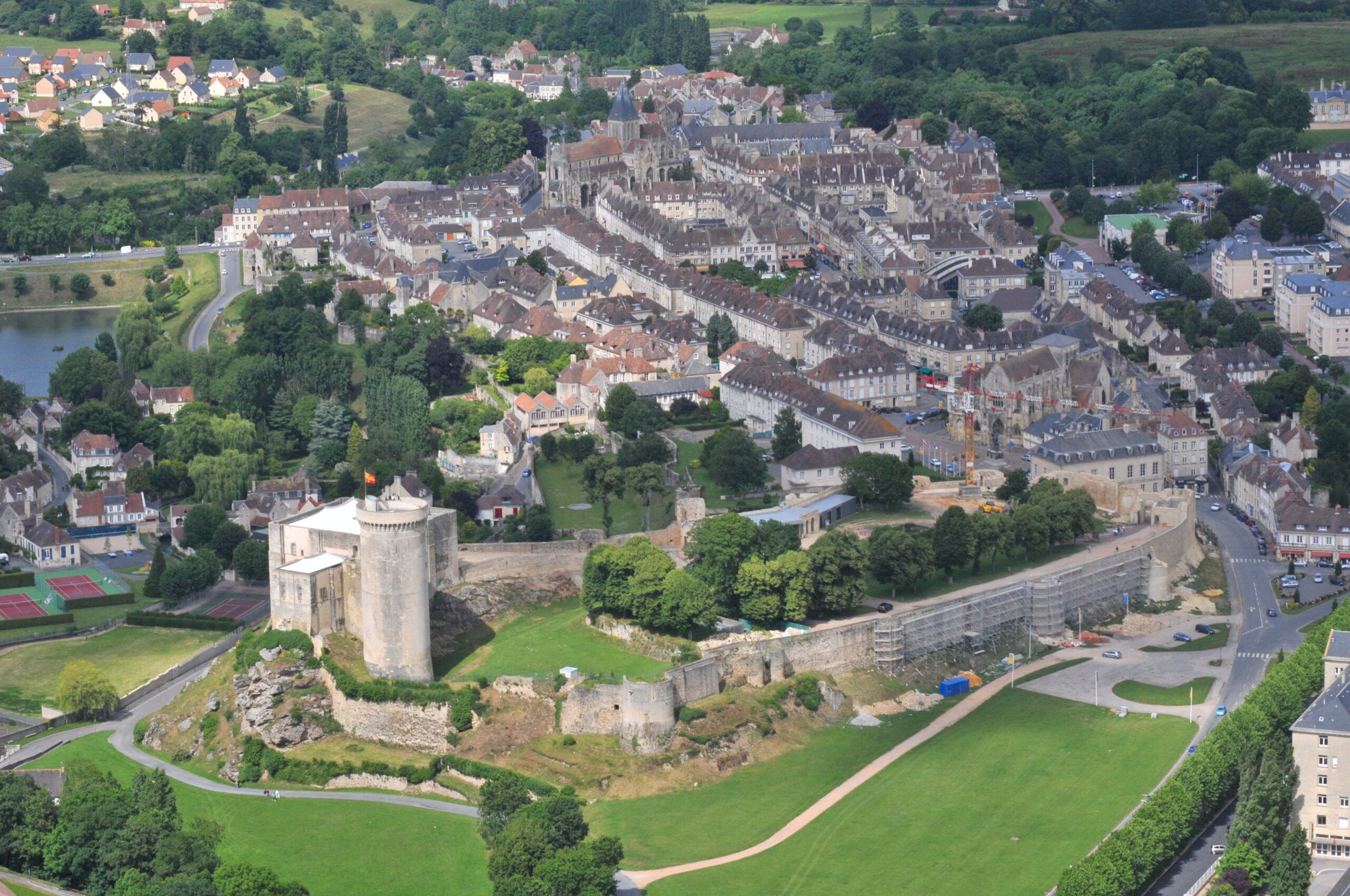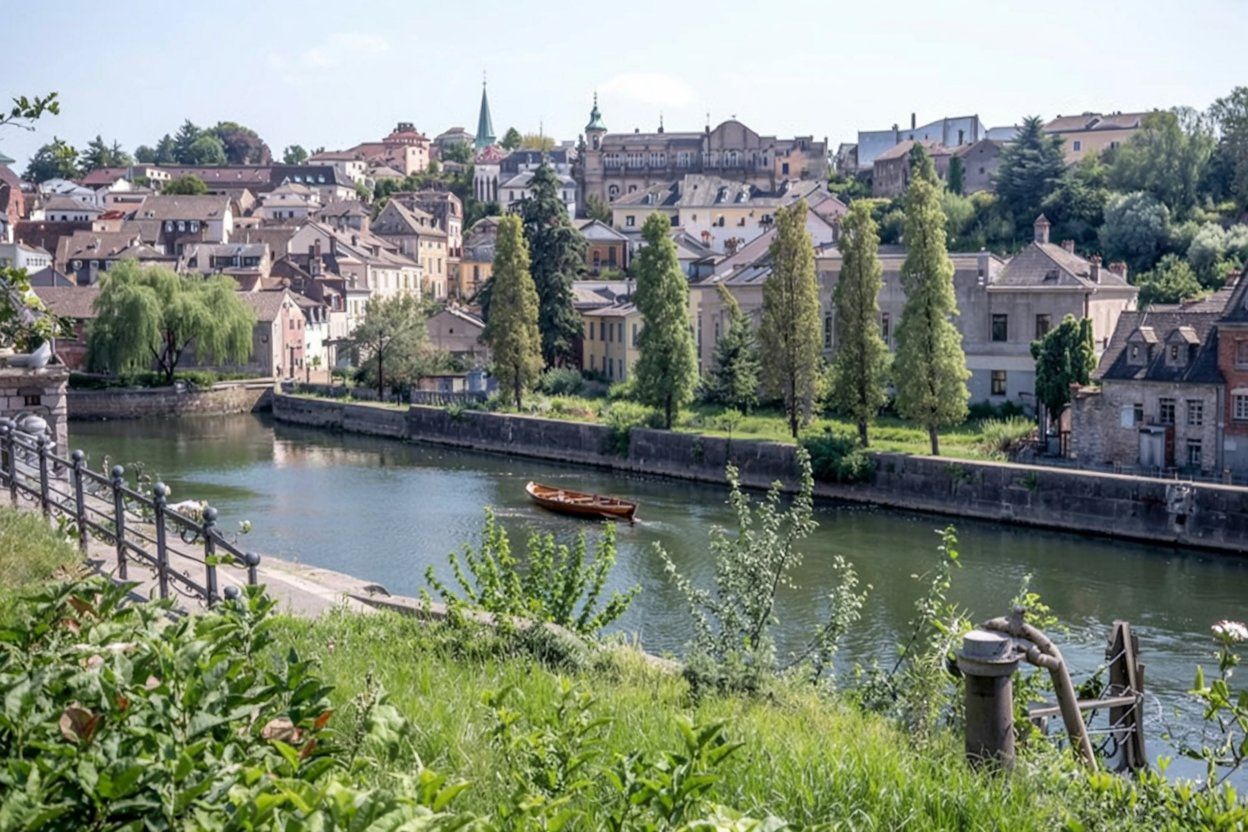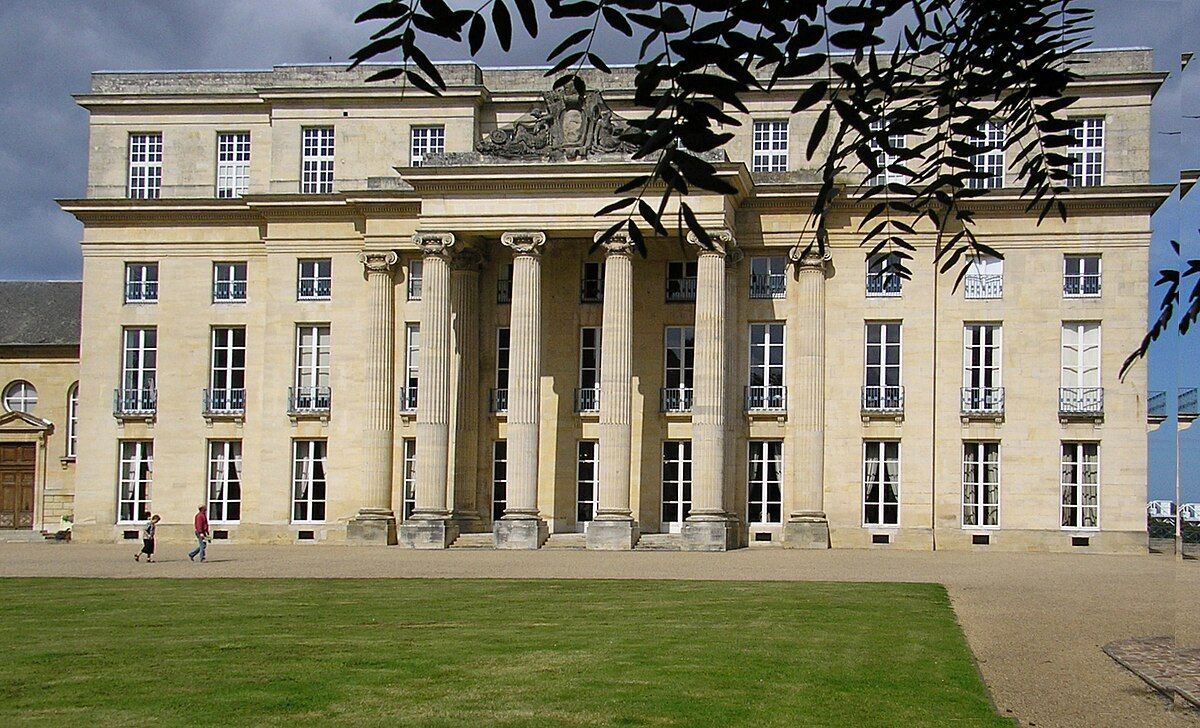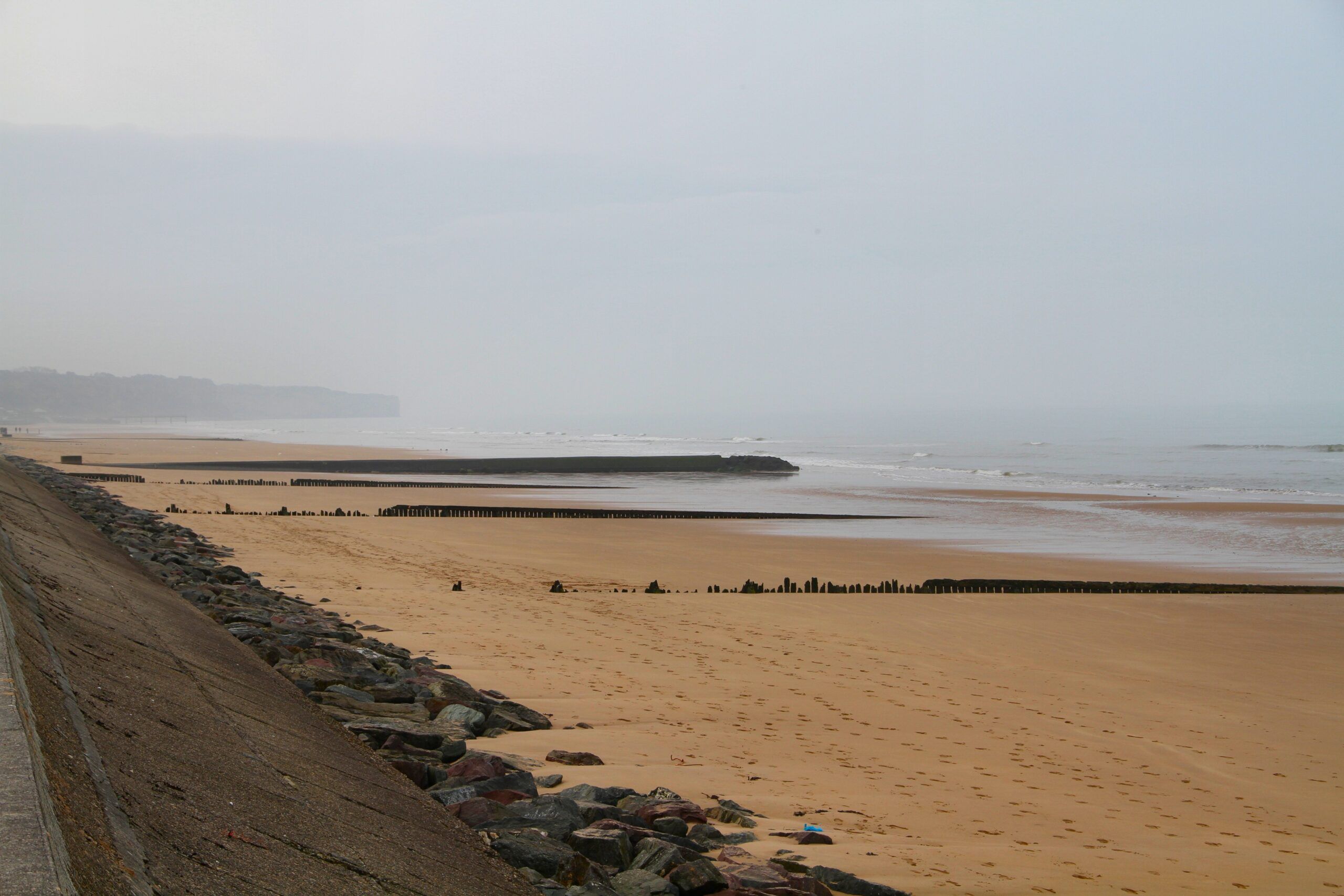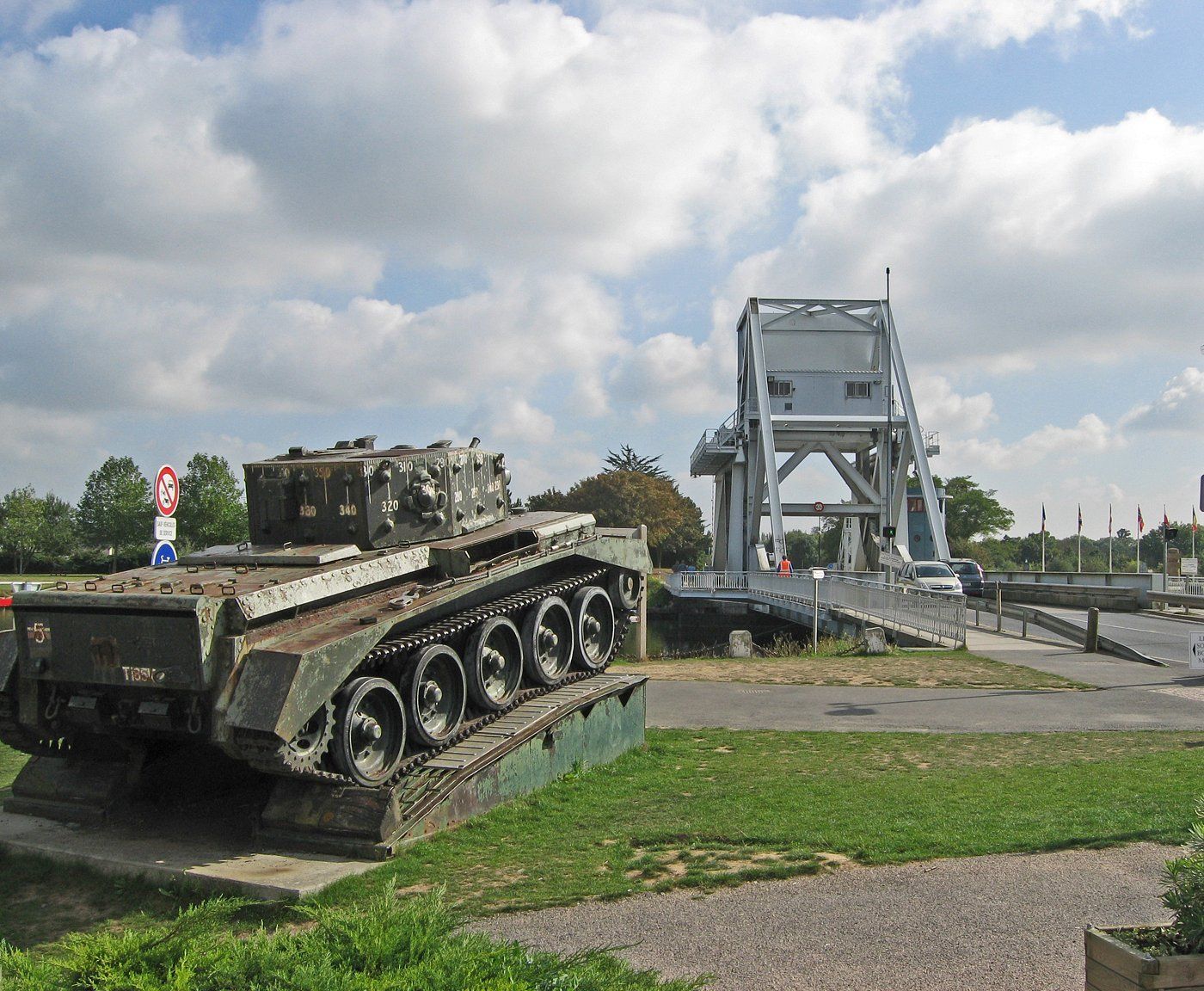Avranches sits just outside the spotlight of Normandy’s famous D-Day story, but it offers a surprisingly unique perspective on World War II history. The town was liberated by American forces during the Battle of Normandy after the June 6, 1944 landings. Today, Avranches blends deep history and thoughtful monuments that honor this pivotal moment—minus the crowds you’ll find at the more famous coastal sites.
As you wander through this Norman town, you’ll come across the Monument to the Liberation, which marks its freedom from German occupation. The Musée d’Art et d’Histoire is worth a visit, with collections stretching from the 17th century to the present, giving you a sense of the area’s cultural roots alongside its wartime story.
Visit Recommended D-Day historic hotels and B&Bs along the invasion beaches.
From Avranches, guided tours to the D-Day beaches and related sites are easy to arrange. The town makes a great base for Normandy explorations, as the region marks the 80th Anniversary of D-Day with special events focused on peace and reconciliation. The location is strategic—right between the landing beaches and the inland battlefields that shaped the Allied advance.
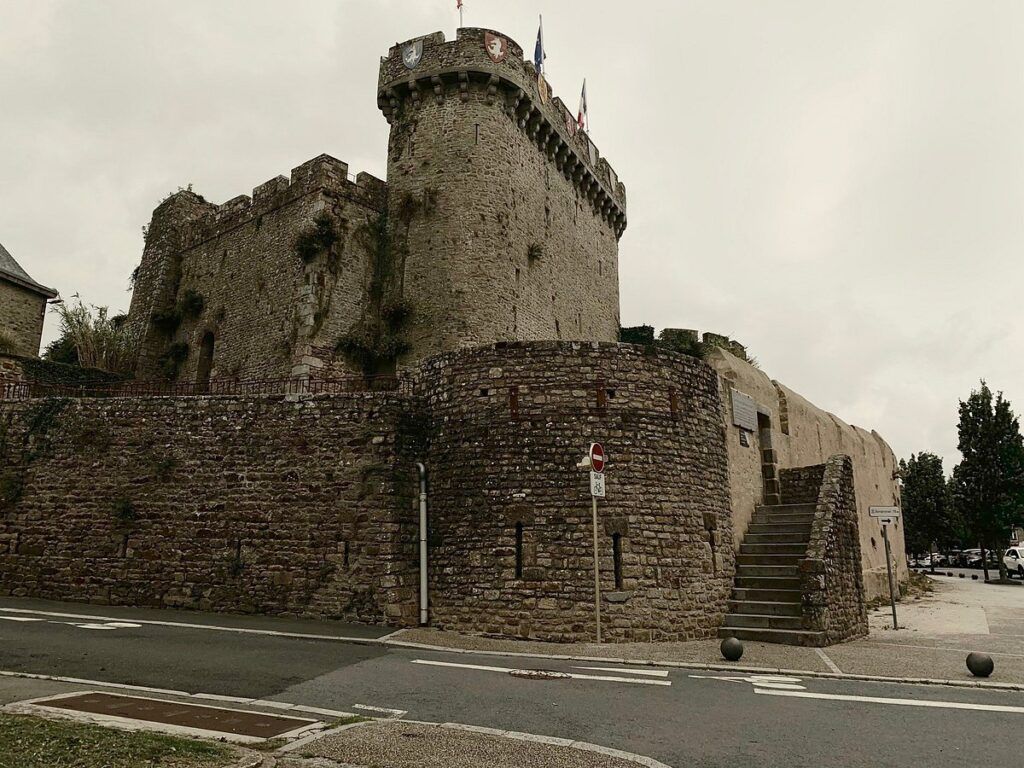
Avranches: Location and Historical Significance
Avranches sits at a key point in Normandy, France, combining natural geographic advantages with significant historical weight from World War II.
Geography and Position in Normandy
You’ll find Avranches in the southern part of the Manche department in Normandy, northwestern France. The town sits on a hill, looking out over the Bay of Mont-Saint-Michel. From up here, the views toward the iconic Mont-Saint-Michel island are pretty spectacular.
Because it’s at the crossroads of Normandy and Brittany, Avranches has long been important as a gateway between these two regions. It’s about 30 miles (48 km) south of Cherbourg and roughly 20 miles (32 km) south of the D-Day landing beaches.
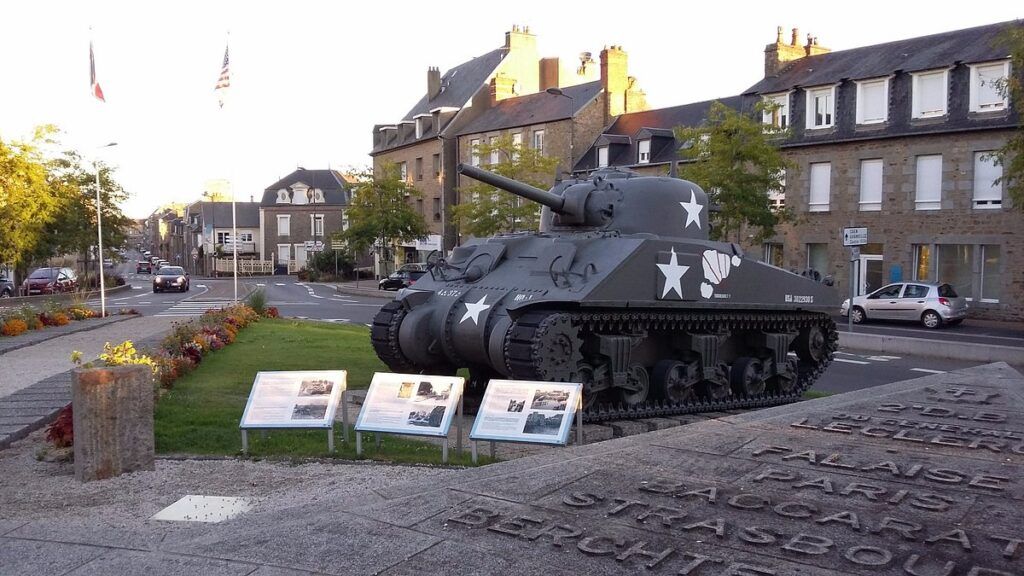
The lush Normandy countryside wraps around the town, with those classic hedgerows and rolling hills. Beautiful, yes—but this landscape proved tough for Allied troops during WWII operations.
Strategic Importance During World War II
In the summer of 1944, Avranches became a critical objective in the American breakout known as Operation Cobra. Whoever controlled Avranches controlled the gateway to Brittany and the routes into central France.
Starting June 7, 1944, just after D-Day, Allied bombers targeted the town to block German reinforcements from reaching the beaches.
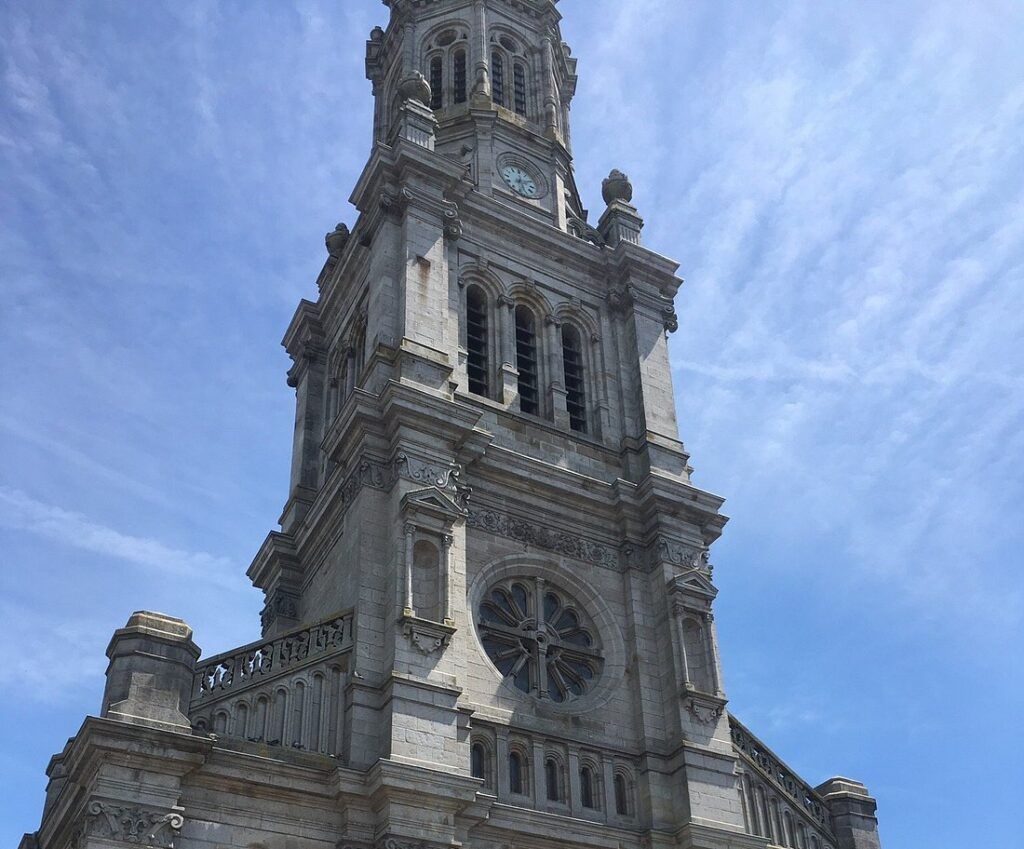
The big turning point came in late July 1944, when American forces captured Avranches. This win opened the door for Allied troops to break out of Normandy and push toward the Falaise Pocket.
Today, local sites and memorials keep this chapter alive. The town’s military significance still shapes local identity and the broader story of WWII in Europe.
The Role of Avranches in D-Day and the Normandy Invasion
Avranches didn’t see action on D-Day itself, but it played a crucial role in the Normandy campaign as the Allies tried to break out and move across France toward Paris.
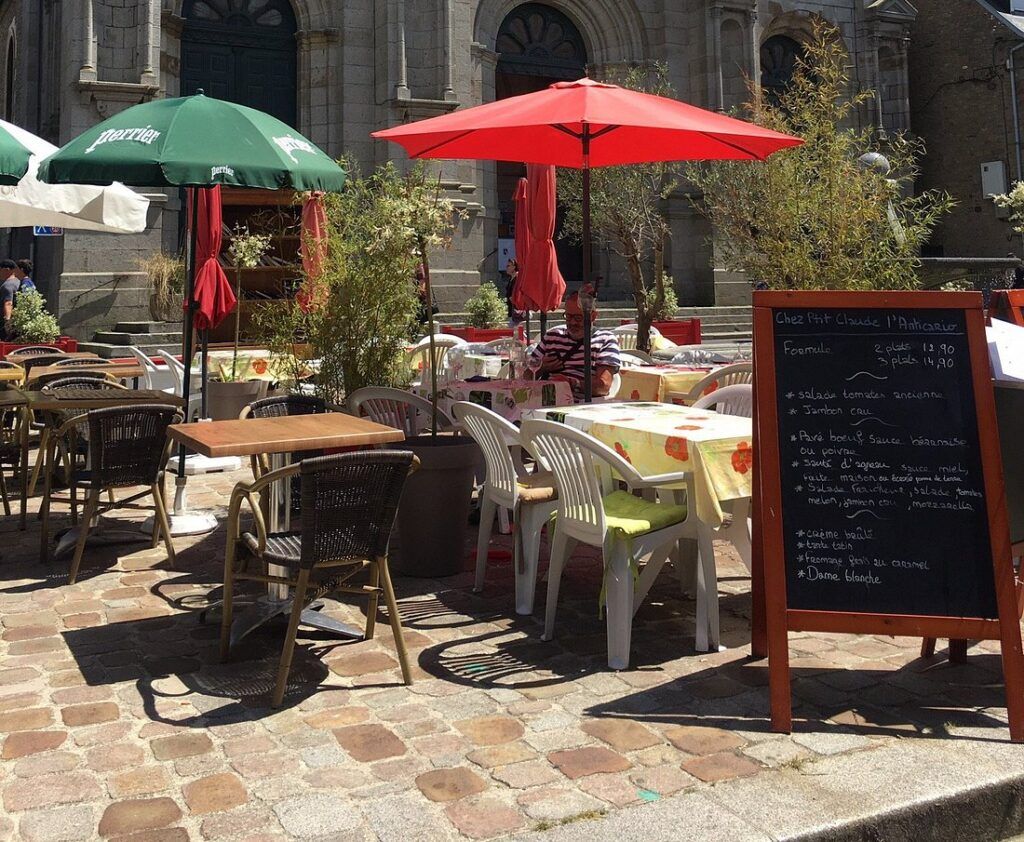
Liberation of Avranches
American troops liberated Avranches on July 31, 1944, nearly two months after D-Day. The 4th Armored Division of General Patton’s Third Army took the town after some fierce fighting.
Avranches sits where the Normandy peninsula meets mainland France, making it a valuable spot for Allied strategy.
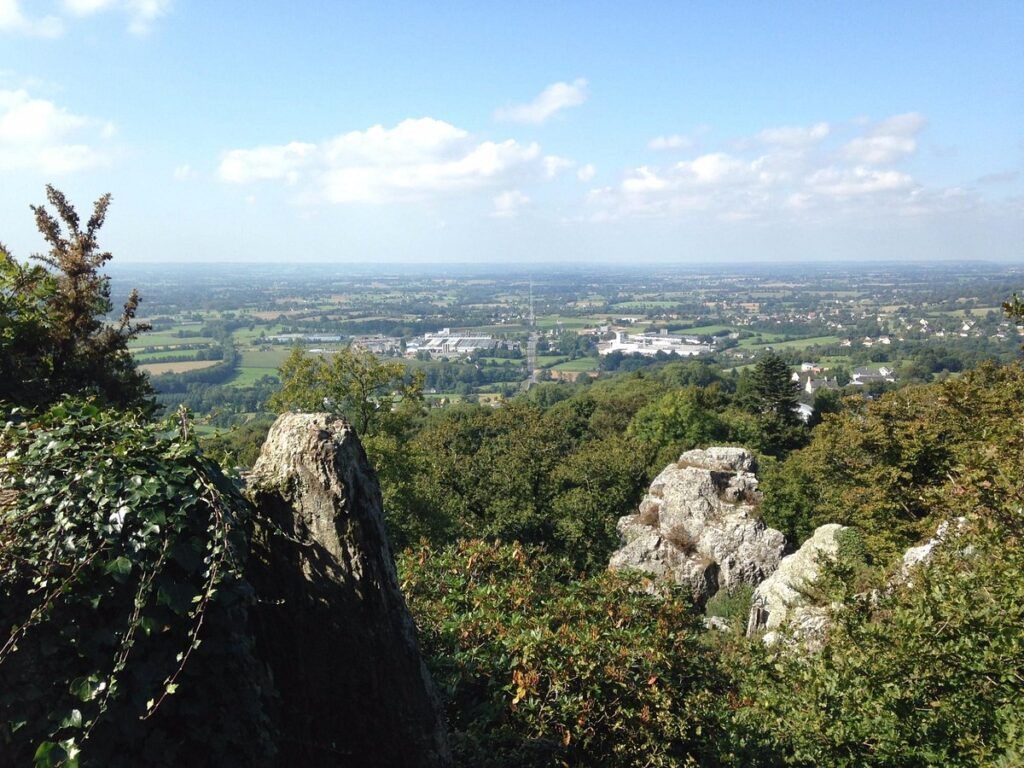
The town suffered bombing raids before its liberation, damaging parts of its historic center. Still, most residents welcomed the Americans as liberators.
French resistance members provided intelligence about German defenses in and around Avranches, helping American forces plan their attack more effectively.
The Breakout from Normandy
After Avranches fell, Allied forces launched Operation Cobra, the breakout from the Normandy beachheads. This operation marked a major shift in the Battle of Normandy.
With Avranches in hand, American tanks finally left the tough bocage (hedgerow) country that had slowed them down. Open roads meant they could move fast, south and east.
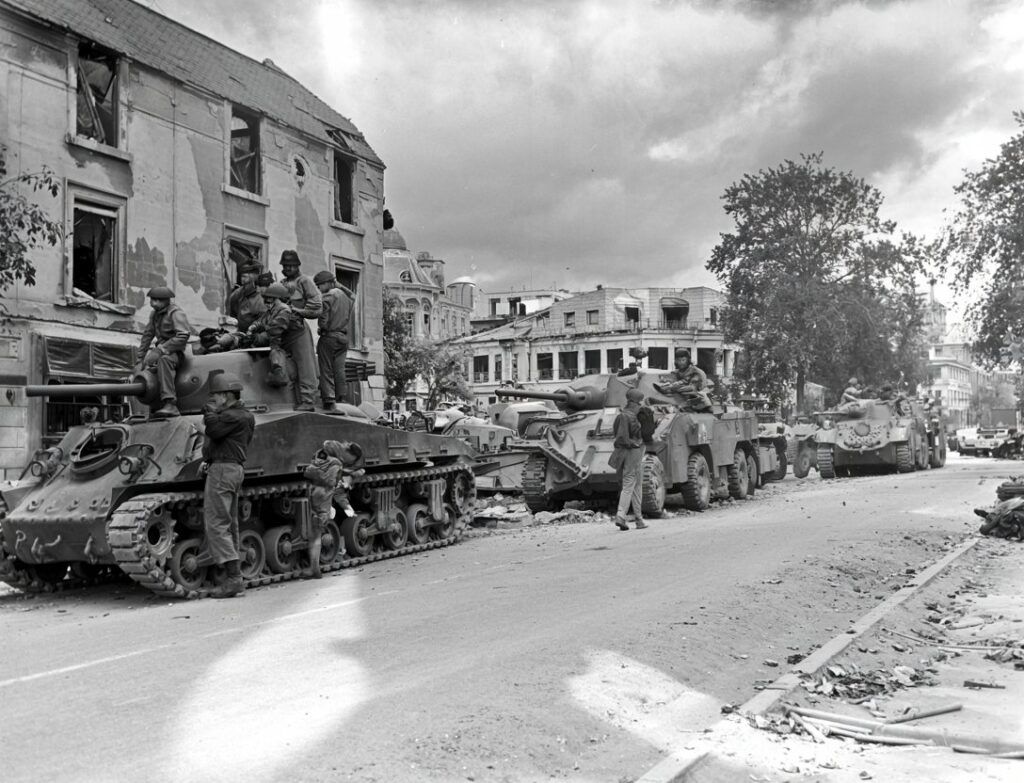
General Patton’s troops surged through what became known as the “Avranches Gap,” with some units advancing up to 40 miles in a single day. The speed threw German forces into chaos.
American divisions poured through Avranches, creating a massive traffic jam of military vehicles that lasted for days. Still, the momentum kept going.
Key Figures and Military Movements
General George S. Patton drove the Third Army forces through Avranches, using aggressive tactics to push the breakthrough.
Key military units involved:
- 4th Armored Division (liberation)
- 6th Armored Division
- 79th Infantry Division
- 90th Infantry Division
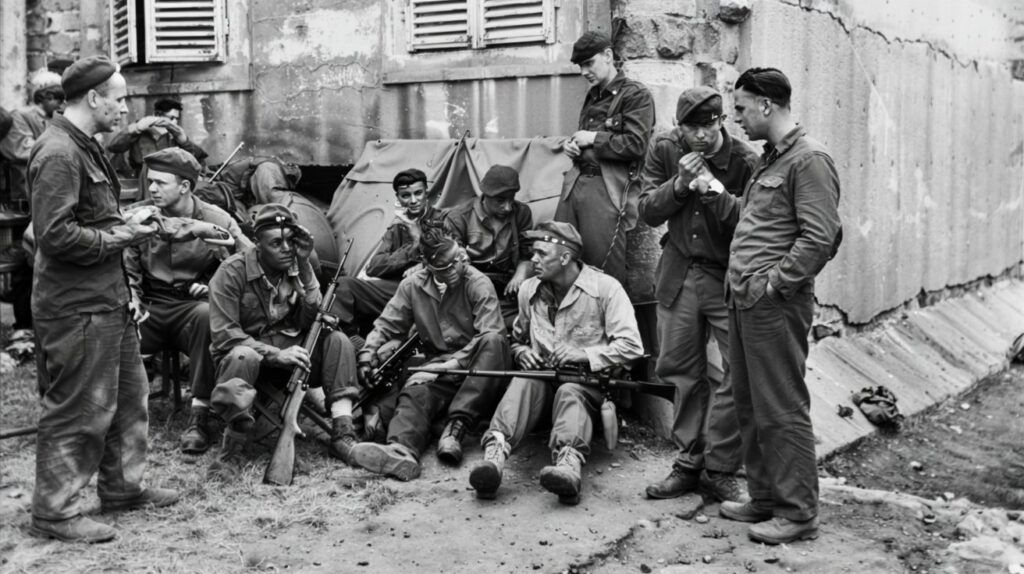
Field Marshal Günther von Kluge, the German commander, tried to organize a counterattack near Avranches (Operation Lüttich), but it failed—Germany’s last big attempt to stop the Allied advance.
The Pontaubault Bridge near Avranches became essential for Allied movement. Engineers worked around the clock to keep this crossing over the Sélune River open as thousands of vehicles rolled across it.
WWII Landmarks and Memorials in Avranches
Avranches played a meaningful role during the Battle of Normandy, especially during Operation Cobra in July 1944. The town preserves its history through several monuments and museums that honor the events and people involved in the liberation of France.
Notable Memorials and Monuments
The General Patton Memorial stands in Avranches, honoring the American general who led the breakthrough from Normandy. The bronze statue shows Patton in his classic pose, looking over the areas where his Third Army began their push across France. The town put up this memorial in 1969 for the 25th anniversary of liberation.
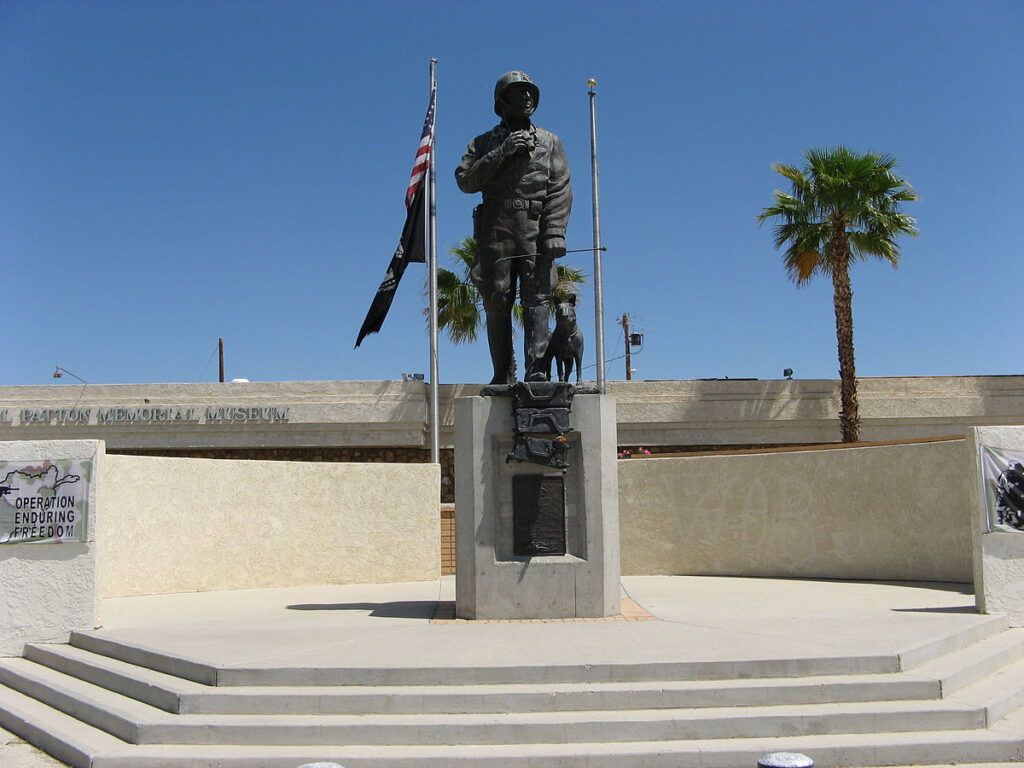
The Liberation Monument in the town center lists the Allied units that took part in freeing Avranches, including the 4th Armored Division and other American forces.
A memorial bridge crosses the Sée River, marking where American troops advanced south. You’ll spot small markers and info panels around town, pointing out important battle sites.
Local Museums Dedicated to the War
The Art and History Museum of Avranches has several rooms focused on World War II and Operation Cobra. You’ll find personal items from soldiers, military gear, and photographs showing the town during occupation and liberation.
There’s a detailed model showing how Avranches became a critical junction for American forces after breaking through German lines. Interactive displays help explain the town’s strategic spot near Mont Saint-Michel Bay.
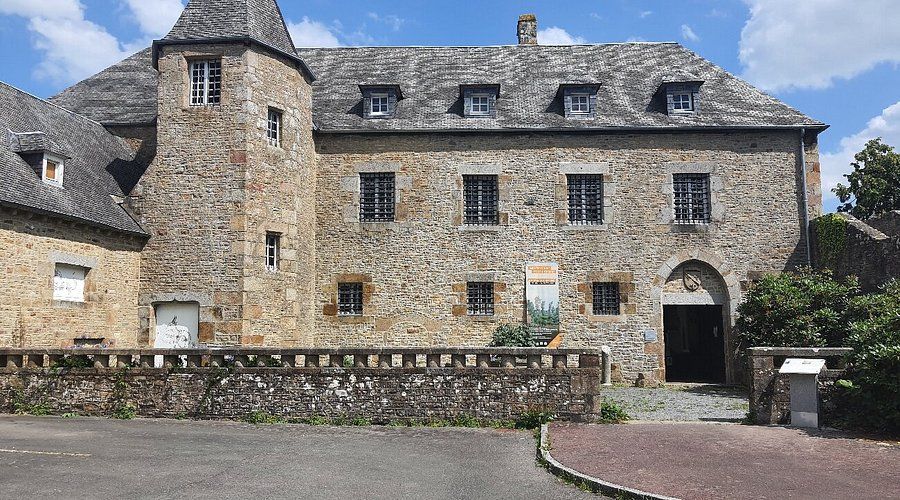
You can check out original documents like Allied military maps and newspapers announcing the liberation. The museum also preserves oral histories from locals who lived through the fighting.
Most displays include English translations, making this an easy stop for international visitors interested in this lesser-known but crucial part of the Normandy campaign.
Nearby D-Day Battlefields and Major Sites
Avranches is a great base for exploring the historic D-Day landing sites of Normandy. From here, you can reach the American landing beaches and other WWII landmarks on a day trip.
Utah Beach
Utah Beach was the westernmost landing site on June 6, 1944. American troops faced less resistance here than at other beaches, with relatively low casualties. The Utah Beach Museum offers plenty of context with artifacts, vehicles, and personal stories from the landing.
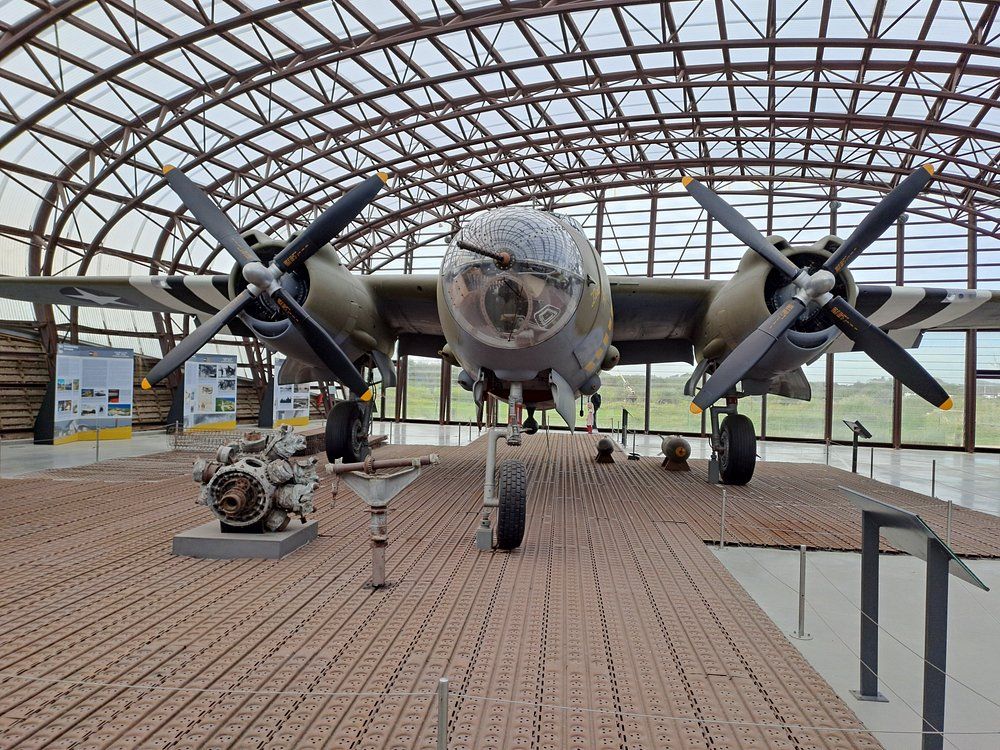
You can set foot on the same sand where 23,000 American soldiers landed. There are monuments, bunkers, and some original defensive structures. Nearby, the Airborne Museum in Sainte-Mère-Église tells the story of the paratroopers who dropped in before the beach assault.
The church in Sainte-Mère-Église even has a paratrooper mannequin hanging from its roof, representing Private John Steele, who got stuck there during the jump.
Omaha Beach
Omaha Beach saw the bloodiest fighting of D-Day. Over 2,000 Americans were killed or wounded here, battling steep cliffs and heavy German defenses. Today, this peaceful stretch of sand stands in sharp contrast to the violence of 1944.
The American Cemetery at Colleville-sur-Mer overlooks Omaha Beach and holds the graves of 9,387 American servicemen. The rows of white crosses and Stars of David make for a moving sight.
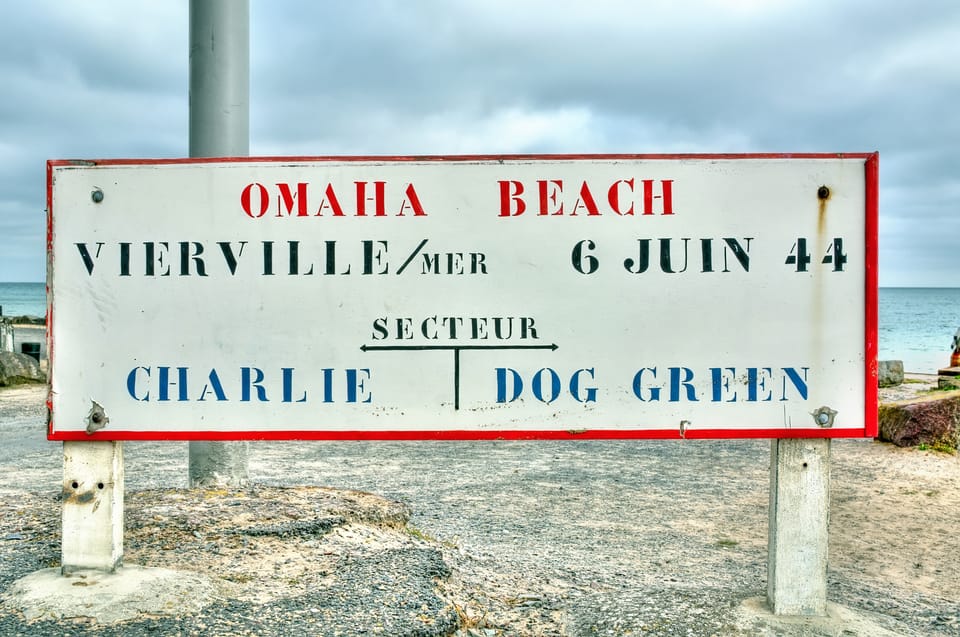
Nearby Pointe du Hoc still has huge bomb craters and battered German bunkers. U.S. Army Rangers scaled the 100-foot cliffs here on D-Day to destroy enemy artillery.
The Overlord Museum near Omaha Beach displays tanks, artillery, and personal items from both sides of the conflict.
Stay steps from Omaha Beach and historic landmarks. Best rates on local accommodations.
Visiting the American Cemetery and Other Historic Cemeteries
Normandy’s war cemeteries stand as solemn reminders of those lost during WWII. These sites give visitors a chance to reflect on the human cost of D-Day and the battles that followed.
American Cemetery at Colleville-sur-Mer
The American Cemetery at Colleville-sur-Mer sits on a bluff above Omaha Beach, one of the fiercest D-Day landing sites. This 172.5-acre cemetery holds the graves of 9,389 Americans who died in the Normandy campaign.
When you visit, you’ll walk a half-mile access road to reach the grounds. The rows of white crosses and Stars of David are a powerful sight. The Walls of the Missing display nearly 1,600 names of those whose remains were never found.
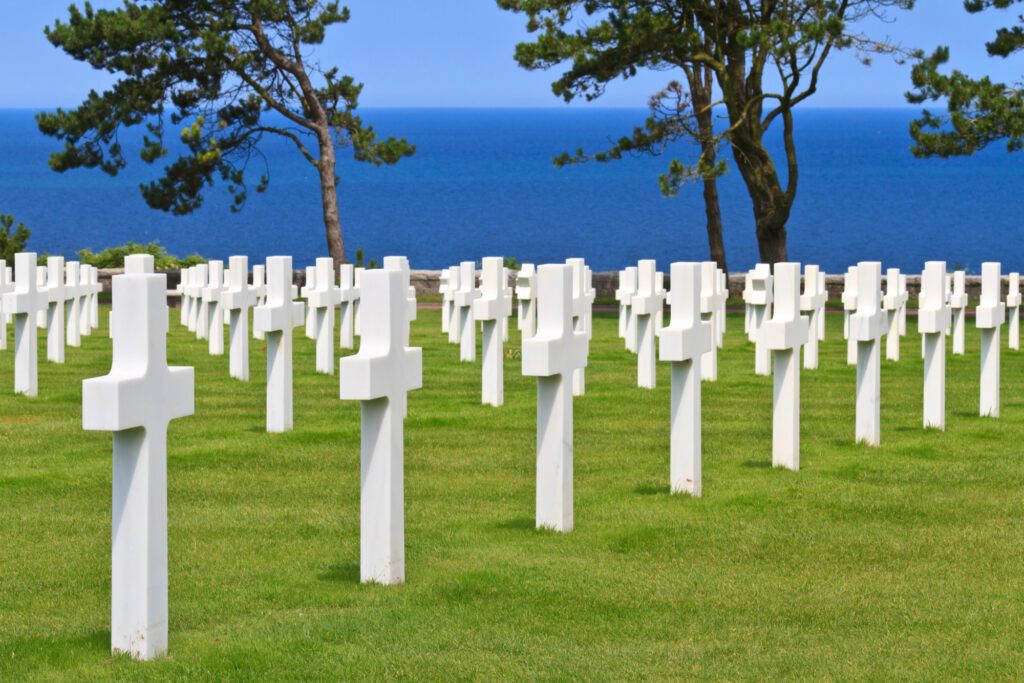
The site offers sweeping views of Omaha Beach, connecting the peaceful present with its violent past. A visitor center shares historical context through exhibits and personal stories.
Regional War Cemeteries
Beyond the American Cemetery, Normandy’s Calvados region is home to several other important war cemeteries that tell the broader story of D-Day.
British, Canadian, German, and French cemeteries dot the landscape, each with its own traditions. The German Cemetery at La Cambe has dark stone markers and a somber feel.
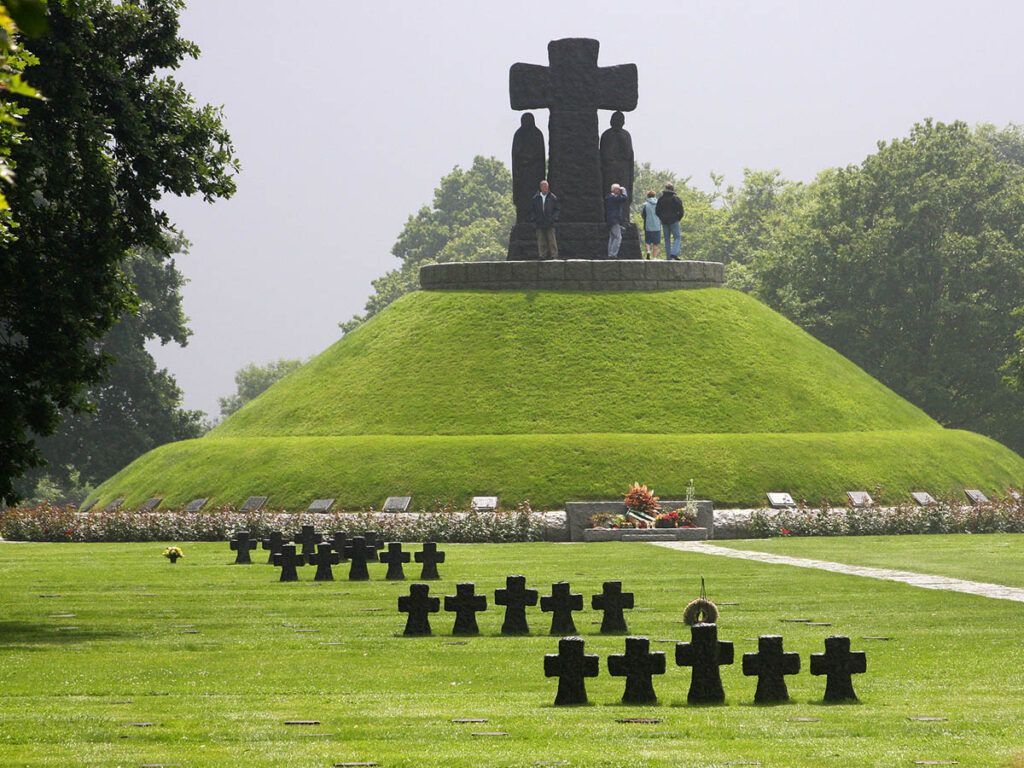
Smaller, less-visited cemeteries offer quieter places for reflection. Many include visitor info about the units and actions connected to the graves.
If you’re planning to visit several cemeteries, give yourself enough time at each. The emotional impact can sneak up on you, and it’s worth moving at your own pace.
Museums and Cultural Experiences
Avranches gives visitors a rich mix of WWII history and local heritage through its museums and cultural sites. These places keep the region’s wartime past alive while showing off the unique story of this Norman town.
Normandy’s World War II Museums
The D-Day Landing Beaches area has several major museums within driving distance of Avranches. The Caen Memorial and Museum, which opened on D-Day in 1988, is often called the best WWII museum in Normandy. It’s in the British Sword Beach sector and offers a sweeping look at the war and liberation.
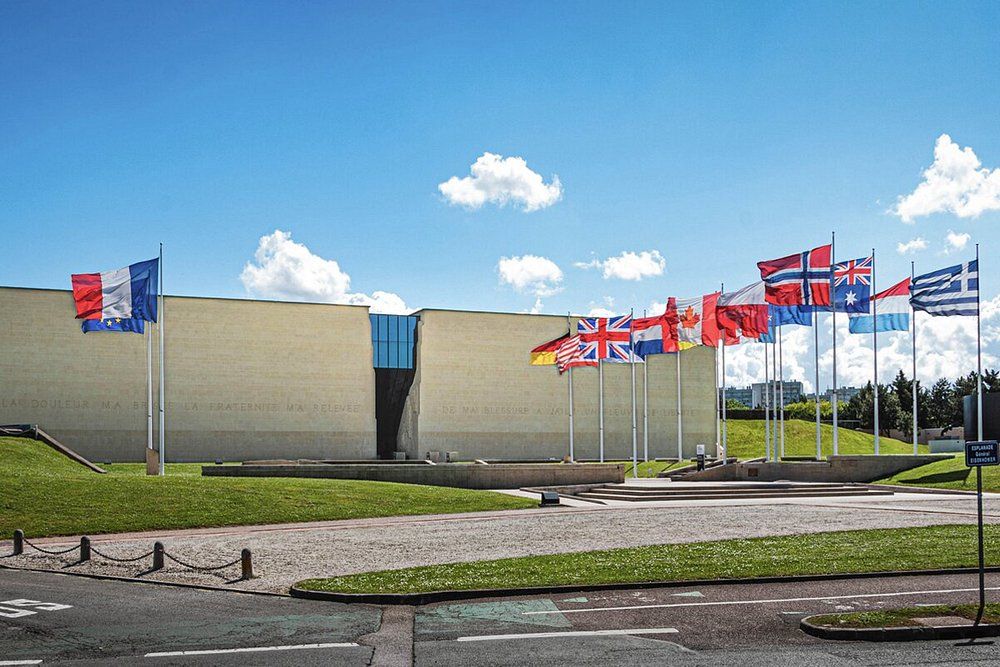
If you’re short on time, you can hit key D-Day sites in a single day. Museums near Saint-Lô and Avranches dive into the Battle of Normandy with artifacts, photos, and personal stories.
Most museums offer English-language tours and audio guides. Expect to see military gear, uniforms, and interactive displays that help you grasp the scale of the invasion.
Avranches Local History Exhibitions
Avranches also has exhibitions focused on local history beyond the war. The town’s heritage museums show off Norman culture, architecture, and daily life through the centuries.
You’ll find collections of regional artifacts, farm tools, and traditional crafts that tell the story of rural Normandy. These smaller museums often feel more personal than the big war memorials.
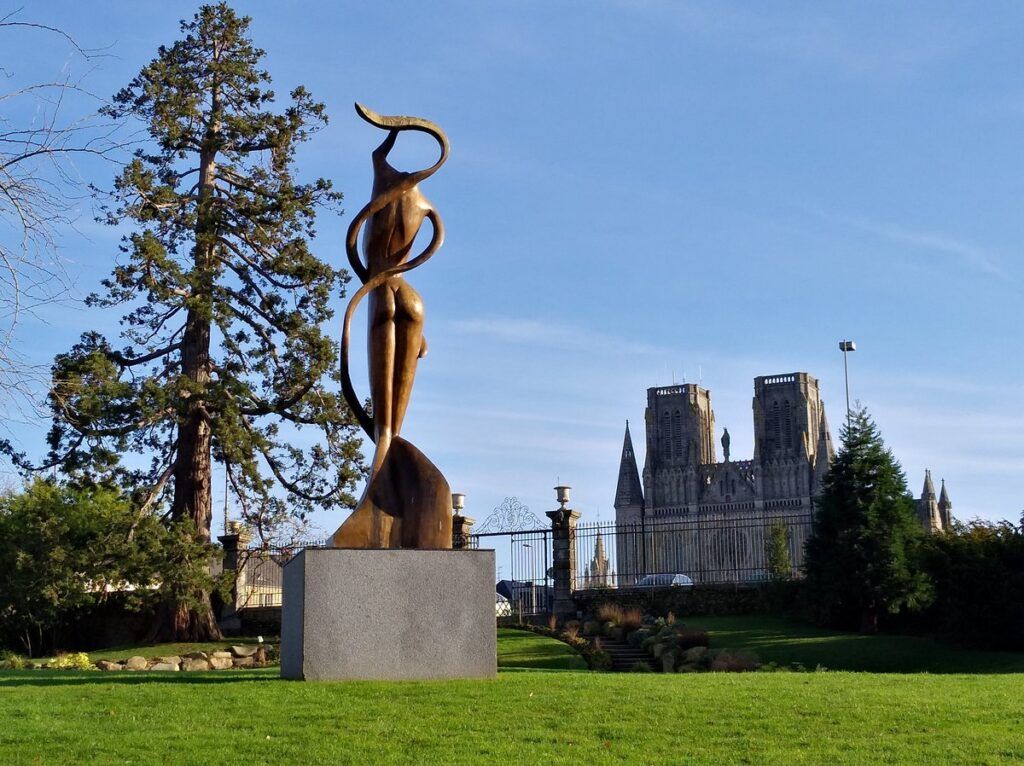
The town’s archives go back centuries, offering glimpses into Avranches’ role as a regional center. Local guides can sometimes arrange special viewings of these collections.
Some exhibitions rotate with the seasons, so check what’s on before you visit. Many local museums charge modest entrance fees and offer combo tickets if you’re planning to visit more than one.
Planning Your Visit to Avranches and Normandy
Avranches is a great base for exploring Normandy’s WWII history and natural beauty. A good trip comes down to timing and a bit of practical prep.
Find the perfect base for exploring Utah Beach, Pointe du Hoc, and beyond.
Best Times to Visit
The best time to visit Avranches and Normandy is May through September. Summer (June-August) brings comfortable temps (65-75°F), ideal for exploring outdoor sites.
June is special for D-Day anniversary events, but be ready for bigger crowds, especially around June 6th.
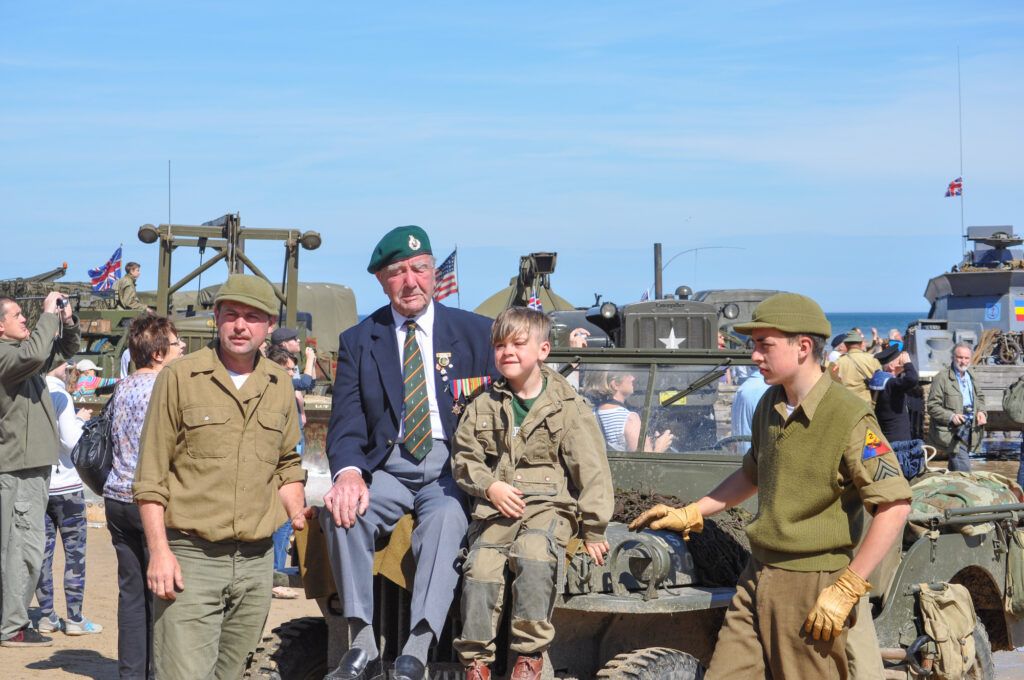
Spring (April-May) and fall (September-October) mean fewer tourists and mild weather. These shoulder seasons are more relaxed but still pleasant for sightseeing.
Winter (November-February) offers the fewest crowds but comes with chillier weather and shorter days. Some attractions may have reduced hours.
Essential Travel Tips
Renting a car really helps if you want to explore Avranches and the Normandy countryside. Public transportation works, but it limits your options for more remote sites.
Pack layers and rain gear—Normandy weather is famously unpredictable. Comfortable shoes are a must for all the walking.
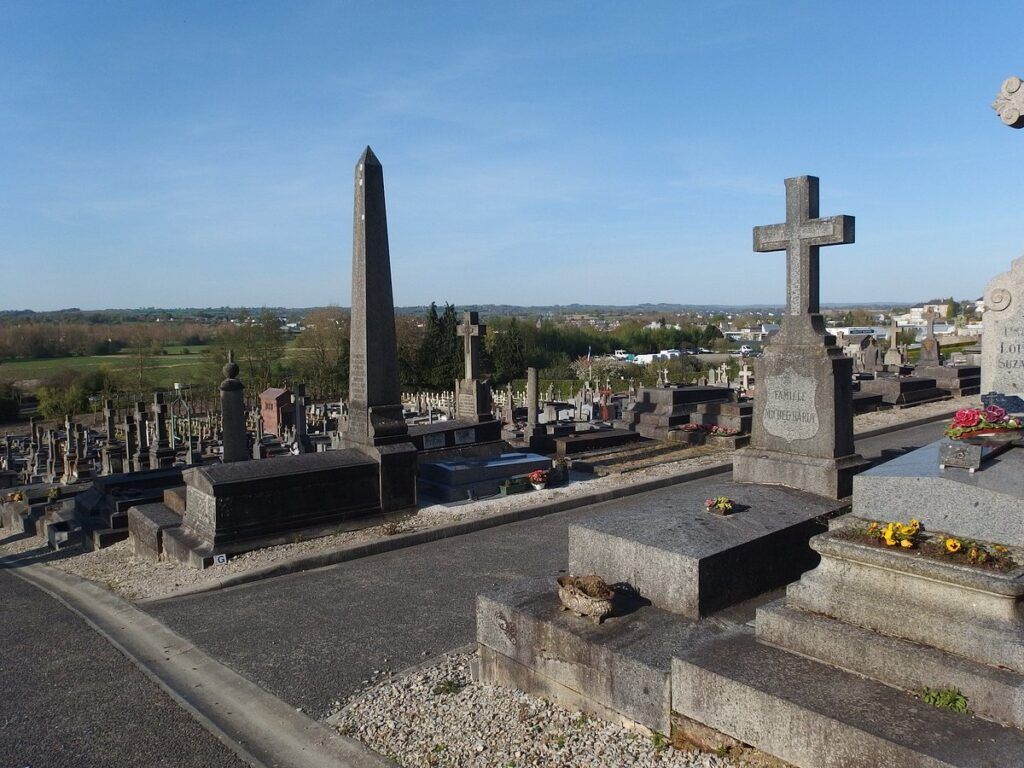
The local currency is the Euro (€). Credit cards are widely accepted, but keep some cash handy for small shops and rural spots.
Basic French goes a long way. Even a simple “Bonjour” or “Merci” is appreciated.
Give yourself at least 3-4 days to see Avranches and the main D-Day sites. Paris is about 3.5 hours away by car or train.
If you have time, take a side trip to Calvados (the apple brandy region) just north of Avranches for a taste of Normandy’s food scene.
Other Nearby Towns and Points of Interest
While you’re in Avranches, it’s easy to visit other WWII sites and charming Norman towns nearby. These places offer a mix of history, architecture, and local culture to round out your trip.
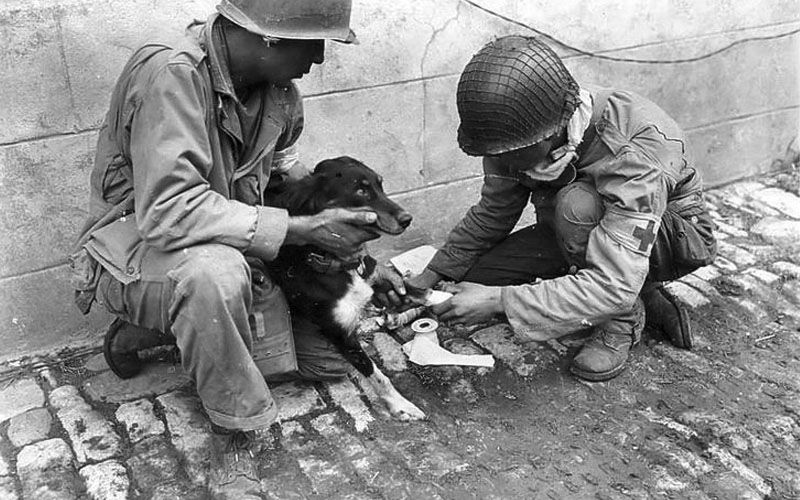
Exploring Carentan and Its War History
Carentan was a key crossroads during D-Day. American paratroopers fought hard to take it in the Battle of Carentan (June 10-14, 1944). The Dead Man’s Corner Museum remembers this fight with authentic artifacts and detailed exhibits.
The town center has been rebuilt since the war but keeps its Norman character. The Carentan Marina is a nice place to relax after exploring. Every June, Carentan hosts D-Day commemorations with reenactments and ceremonies.
If you loved “Band of Brothers,” you’ll recognize several spots around town from the series.
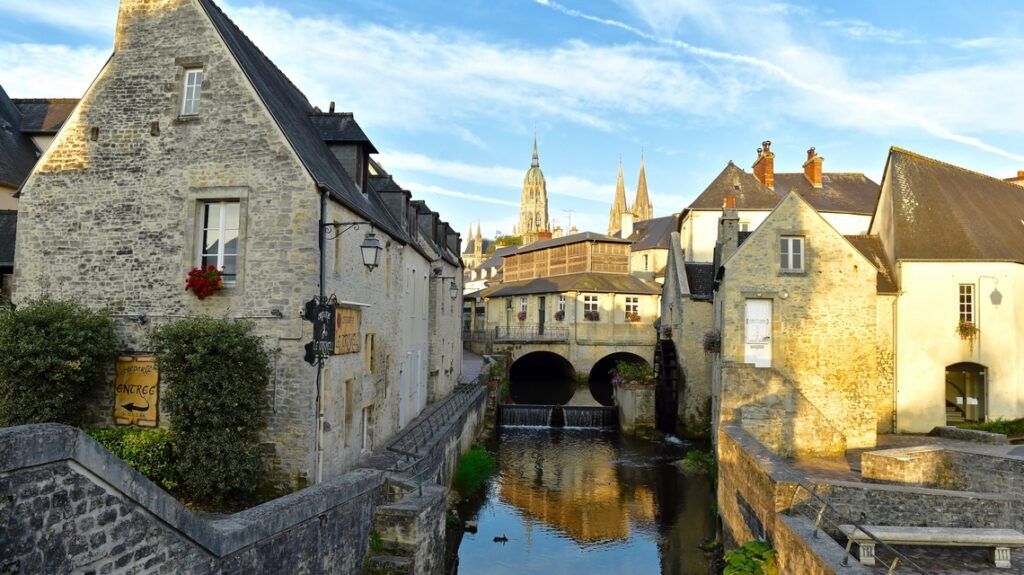
Highlights of Bayeux and Rouen
Bayeux was the first major town liberated after D-Day. The Bayeux War Cemetery, France’s largest British WWII cemetery, has nearly 4,648 Commonwealth burials. The stunning Bayeux Cathedral survived the war and showcases Norman-Romanesque architecture.
The city’s treasure is the Bayeux Tapestry, a 70-meter embroidered cloth showing the Norman Conquest of 1066.
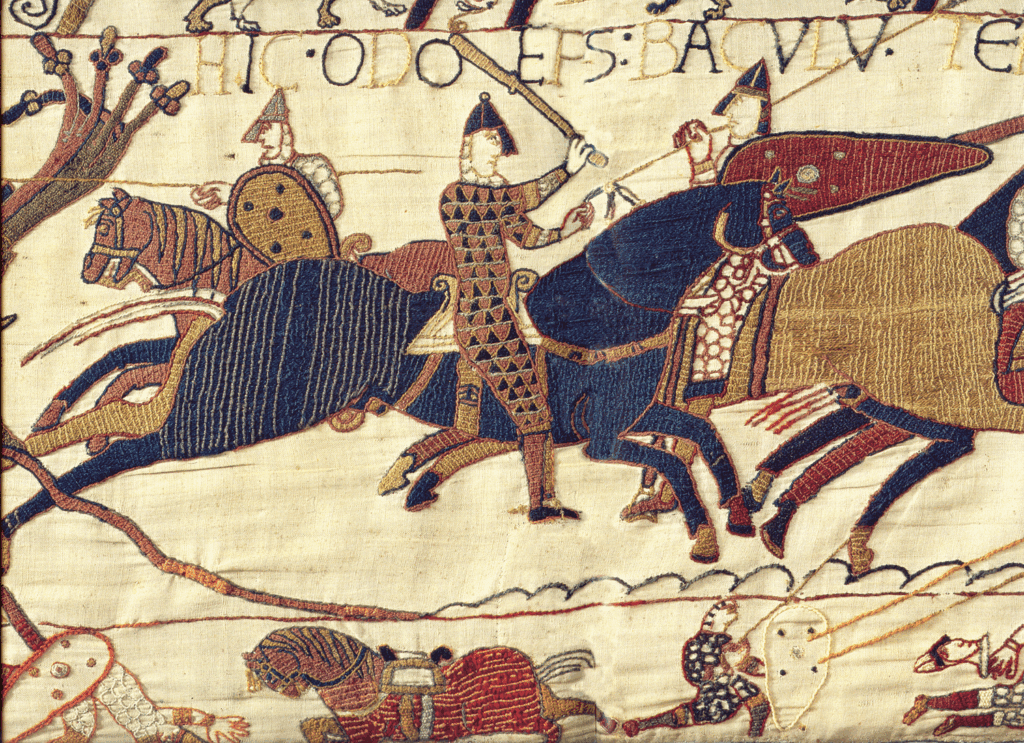
Rouen, farther east, offers impressive medieval architecture, with its Gothic cathedral and old quarter of half-timbered houses and cobblestone streets. Joan of Arc’s memorial marks the spot where she was executed in 1431.
Both towns have excellent museums, restaurants with Norman cuisine, and charming shops.
Pointe du Hoc and Its Significance
Pointe du Hoc is one of Normandy’s most dramatic D-Day sites. This 100-foot cliff was scaled by U.S. Army Rangers on June 6, 1944, in a daring assault to destroy German artillery that threatened both Utah and Omaha beaches.
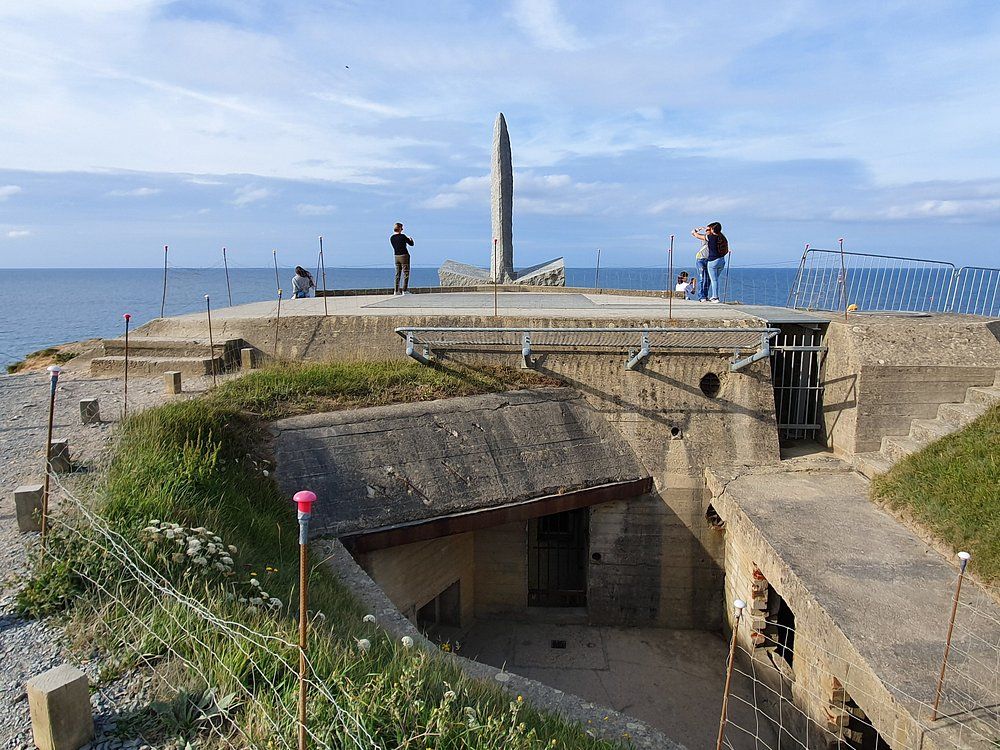
The landscape is still pockmarked with bomb craters and ruined bunkers. You can explore the preserved battlefield, with its concrete casemates and observation posts. The views of the English Channel are stunning.
A modern visitor center tells the story through photos, artifacts, and personal accounts. The Rangers Memorial honors the 225 men who climbed the cliffs—only 90 were still able to fight after two days.
Find comfortable stays within moments of historic battlegrounds
Modern Day Avranches: Culture, Food, and Local Life
These days, Avranches offers a mix of authentic Norman culture, great local food, and comfortable places to stay, all while keeping its small-town feel. It’s a solid base for exploring Normandy, but there’s plenty to do without ever leaving town.
Dining and Regional Gastronomy
Avranches highlights Normandy’s food traditions at several excellent spots. Local restaurants focus on fresh seafood, apple-based dishes, and rich dairy specialties.
Some local foods you’ll want to try:
- Agneau de pré-salé (salt meadow lamb) – unique flavor from sheep grazing on the salt marshes
- Galettes – savory buckwheat crêpes, usually filled with ham, cheese, and egg
- Teurgoule – cinnamon-spiced rice pudding
- Calvados – apple brandy made all over Normandy
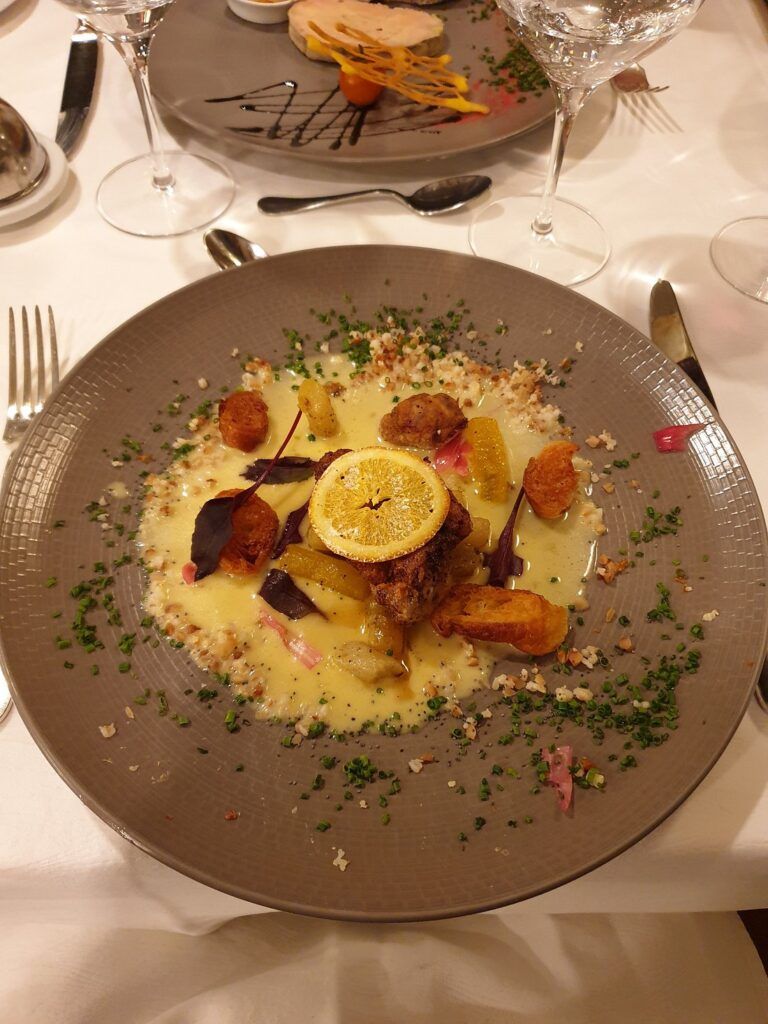
Most restaurants cluster around Place Littré and Rue de la Constitution. For classic Norman dishes, try Restaurant Le Petit Normand or La Table de Julie—both use ingredients from local farms and fishing ports.
The Saturday morning market in Place Patton is a great way to sample regional cheeses, cider, and whatever produce is in season.
Cultural Events and Festivals
Avranches keeps its cultural traditions alive with annual events that celebrate Norman heritage.
Summer Highlights:
- Les Estivales d’Avranches (July-August) – open-air concerts and performances in historic settings
- Medieval Fair (early August) – reenactments and traditional crafts
- Scriptorial Festival (September) – celebrates the town’s literary roots with exhibitions and readings
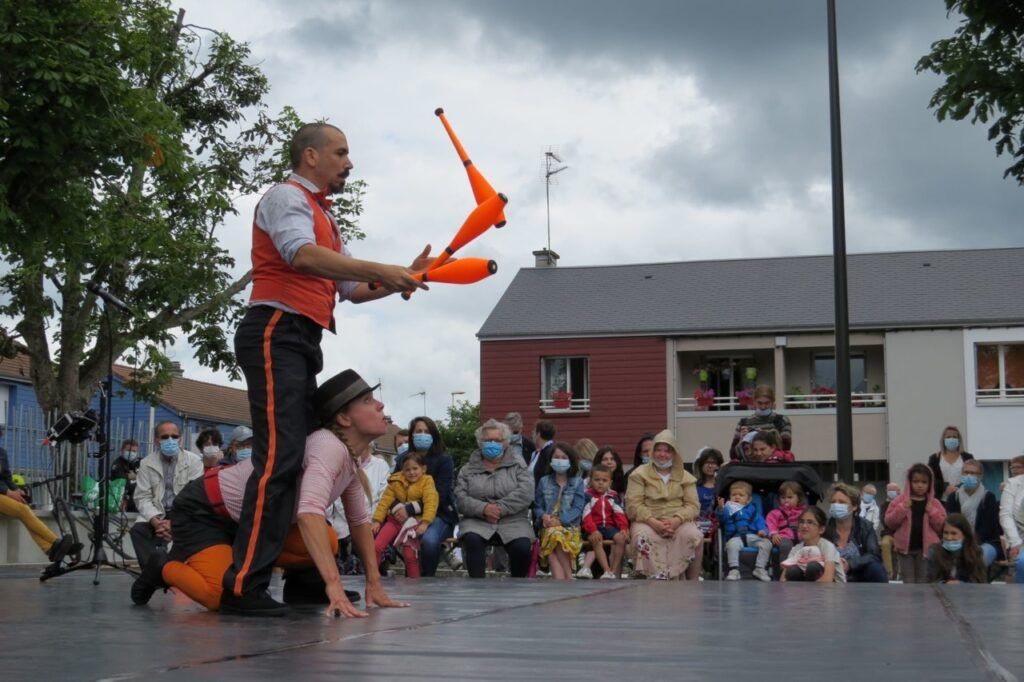
The Scriptorial d’Avranches museum houses precious medieval manuscripts and regularly puts on temporary exhibits about local history and art. This modern spot offers a window into the intellectual heritage of Mont-Saint-Michel and Avranches.
For live performances, check the schedule at Théâtre d’Avranches, which features a mix of contemporary plays and classics throughout the year.
Staying in Avranches: Accommodation Options
Avranches has a range of places to stay, fitting most budgets and tastes.
Hotel Options:
- Hôtel de la Croix d’Or – centrally located, traditional Norman architecture
- Hôtel Patton – modern rooms with bay views
- La Ramade – boutique hotel in a restored mansion
See all accommodations in Avranches.
Budget travelers can find small, family-run B&Bs (chambres d’hôtes) for an authentic experience—local hosts often share great tips about the area.
When booking, think about location. Places near Place Littré put you close to the action, while those on the western edge offer views toward Mont-Saint-Michel.
Most places book up fast during summer and around D-Day anniversaries, so it’s smart to reserve 3-4 months ahead if you’re coming between June and September.
From beachfront hotels to authentic French countryside stays. No booking fees.

